Contributing to a Recycling-Oriented Society
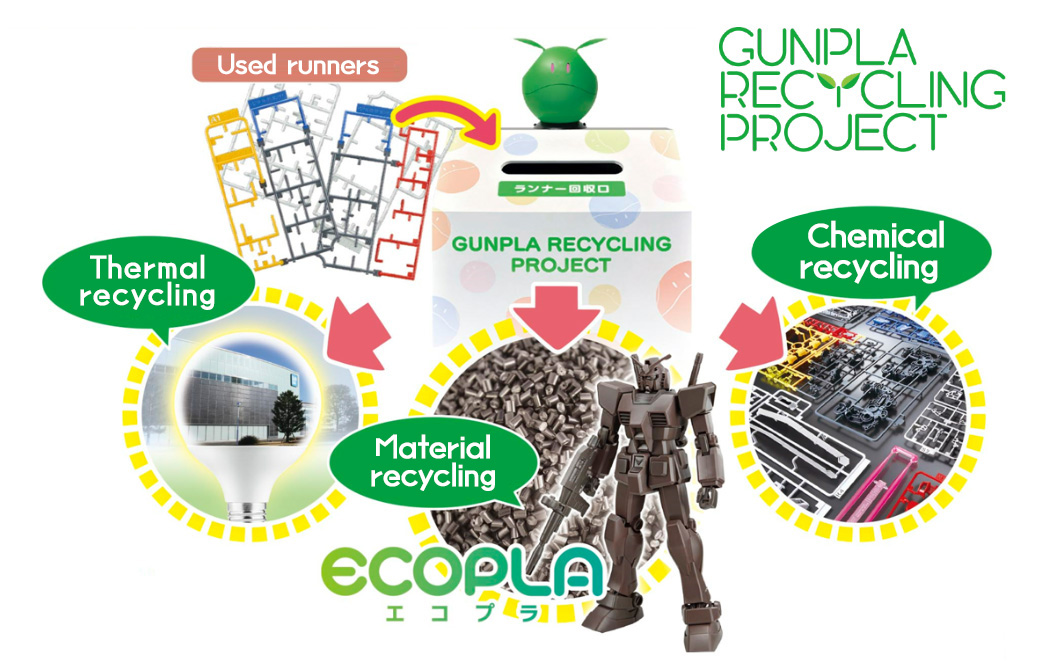
Used runners are collected from fans by installing collection boxes at approximately 200 directly amusement facilities operated by Bandai Namco Amusement. Bandai Logipal trucks that transport amusement prizes to facilities bring back runners on their return trips, thereby reducing the environmental impact of transportation.
With the help of our fans, we collected about 11 tons of runners in the 2021 fiscal year, and we collected about 21 tons in the 2022 fiscal year.
The collected runners, together with plastic waste from the plastic model production process, are partially reused as materials for demonstration experiments to realize chemical recycling, and the rest is reused through material and thermal recycling.
Material recycling is a recycling method in which used plastics are crushed, melted, and solidified for reuse. "ECOPLA" are products that make use of this recycled material.
At an event titled Operation Gundam R (Recycle), we distribute ECOPLA and conduct activities to raise awareness about recycling through Gundam and Gunpla by offering visitors the opportunity to experience everything from assembly to collection.
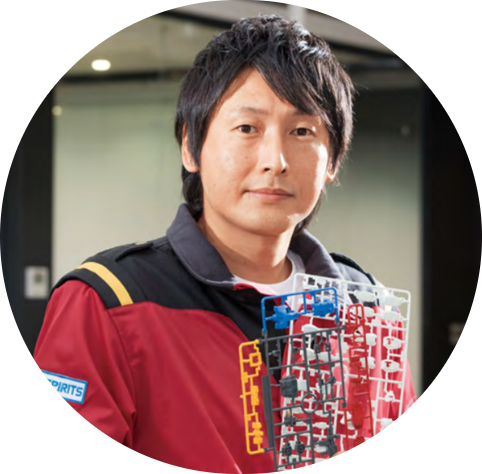
Yukio
Matsuhashi
Deputy General Manager,
Global Business Department
and Creation Department,
Hobby Division
BANDAI SPIRITS
CO., LTD.
Thoughts on the Gunpla Recycling Project
How we will use our limited resources going forward is an important issue for us. Through the Gunpla Recycling Project, we recycle plastic model runners to be used as a resource to allow fans to enjoy our products sustainably.
View more
MOVIE
Gunpla-kun, a character designed to communicate the fun of plastic models, explains how the Gunpla Recycling Project works. The videos are used in“Gunpla Academia” classes.
View more
(4 minutes)
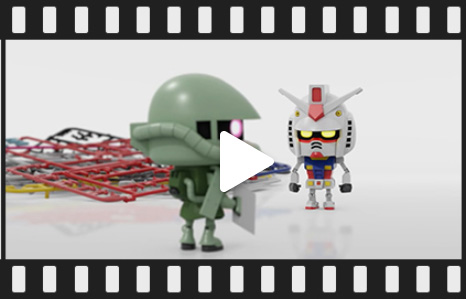
Development of Environmentally Friendly
Materials and Technologies
Introducing the first Gunpla
made from eggshell plastic
Eggshell plastic is a new material made partly from eggshells, which are generated as industrial waste. We combine polystyrene resin and bio-derived (biomass) materials to reduce the percentage of petroleum-derived plastics we use.
GUNDAM NEXT FUTURE LIMITED ENTRY GRADE
1/144 RX-78-2 GUNDAM [CLASSIC COLOR]
*This is an event-exclusive product.
[What is Classic Color?]
Classic Color refers to a warm, classical coloring that makes the most of the color of the molding itself, which is born from the cycle.
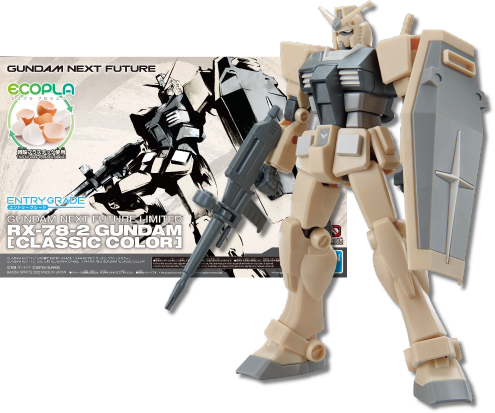
Education and Awareness Initiatives
The educational objectives of “Gunpla Academia”
■Using plastic models as subjects, students learn about factory production processes and the development of the latest advanced technologies.
■Students learn about the efforts of people involved in the production of plastic models and their work ethic.
■Students are given the opportunity to develop their own ideas about problems and solutions around sustaining high-quality manufacturing technology in the future.
| Target Audience | Fifth grade students at elementary schools(fourth and sixth grade students can also participate) |
| Subjects | Social Studies—Industrial Production in Japan (5th grade), integrated learning time/special activities, as part of learning about the SDGs |
| Teaching Materials | Teaching plan, videos, plastic model for assembly experience, etc. (all free of charge) |
| Hours | Pre-lesson (45 minutes × 2 periods), main lesson (45 minutes × 1 period), enrichment lesson (45 minutes × 1 period or more) |
Improving and Passing On Skills
Environmentally-Friendly,
Domestic, Self-Owned Factories
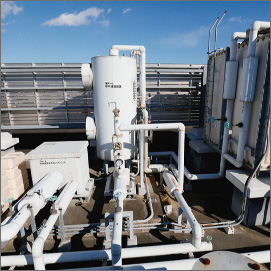
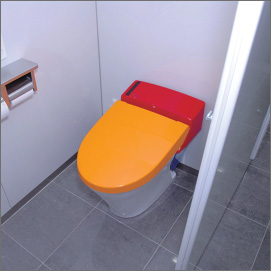
Reuse system for rainwater and well water
Bandai Hobby Center’s facilities2,000 tons of rainwater recycled annually through water storage and filtration
At the rainwater storage facility located under the plant, which has a storage capacity of 2 tons, stored rainwater and well water are filtered through a purification system and reused in the plant's toilets as washing water. As a result, approximately 2,000 tons of water is reused annually.
The Bandai Hobby Center pursues the evolution of plastic model technology and continues its environmental efforts.
Reduction of Packaging Material
Optimization of packaging
for figure products
We have reexamined the use of clear plastic blisters (PET) as cushioning material for figures such as the Ichibankuji and are now actively switching to cardboard packaging.
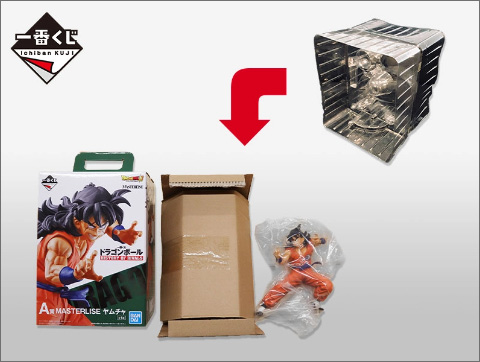
Change in specifications of Ichibankuji figure packages
For some figure products, we are working to reduce the amount of paper used in instruction manuals by printing instructions directly on the packaging. In addition, the backing paper design that forms a background for the figure inside the package is printed directly on the package to reduce the amount of paper used.
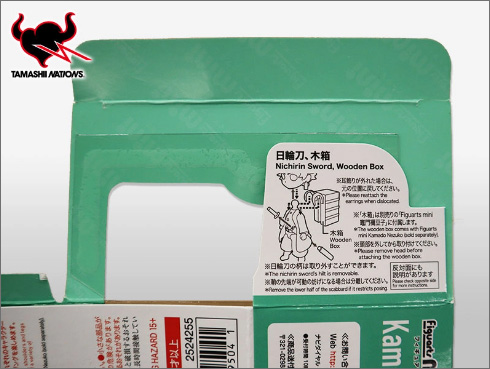
Package with instructions printed directly
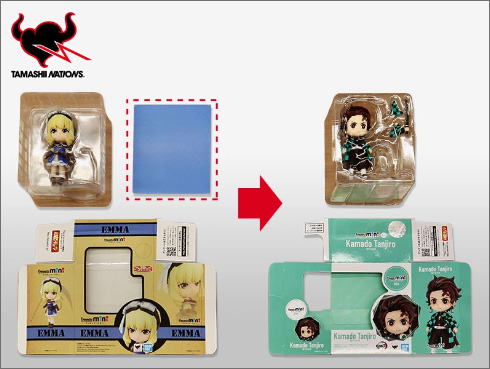
A product with the background design printed directly on the box without the backing paper
Manufacturing with Consideration
for Safety and Security
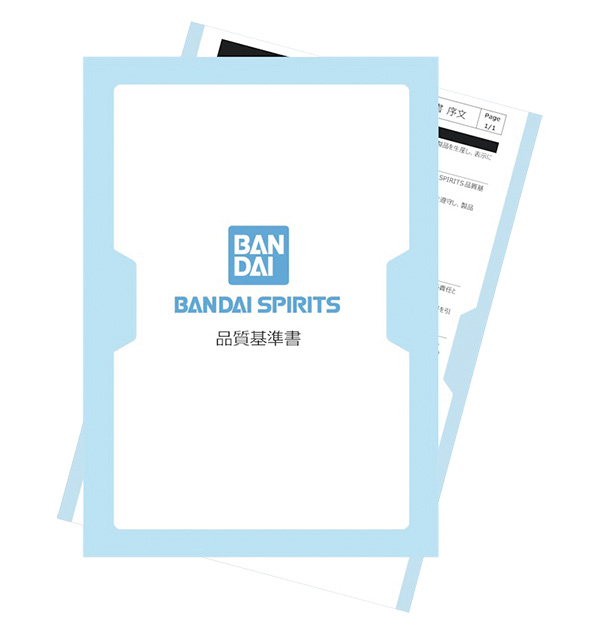
Strict implementation of quality standards
In order to provide safe and reliable products and services to fans, we have established a number of quality standards related to safety, performance, and labeling, which we continue to strictly enforce. We are also actively working to implement these standards globally.
Measures for safety and security at the production stage
In addition to inspections prior to mass production, we conduct inspections prior to factory shipment and product acceptance inspections at our partner plants in Japan and overseas. We strive to maintain and improve product quality by conducting multiple inspections for each process.
We also conduct ongoing plant audits at the final packaging plants where our products are manufactured. In addition to maintenance work and environment checks of facilities, we conduct regular checks of a wide range of items, including management systems for equipment, products and materials, and the working environment.
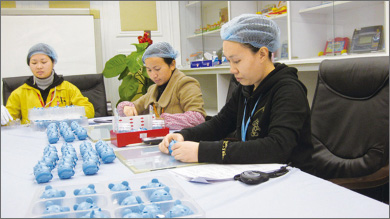
Inspections prior to shipment from the plant
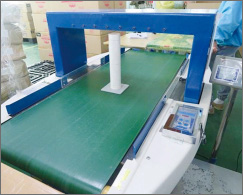
Checking the operation of a needle detector
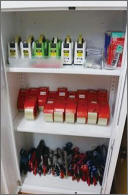
Checking the management
of tools and equipment
Updated June 2023


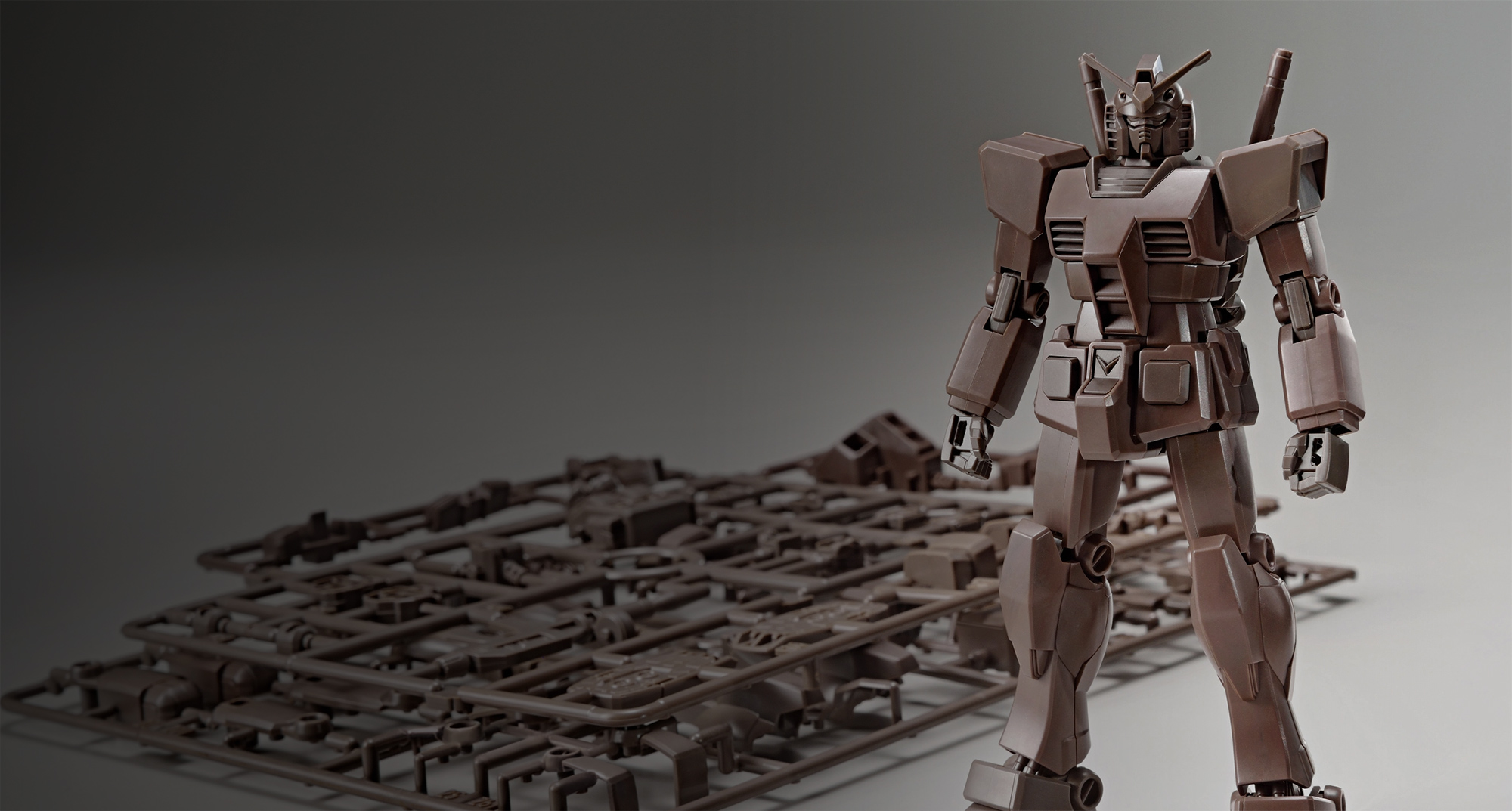
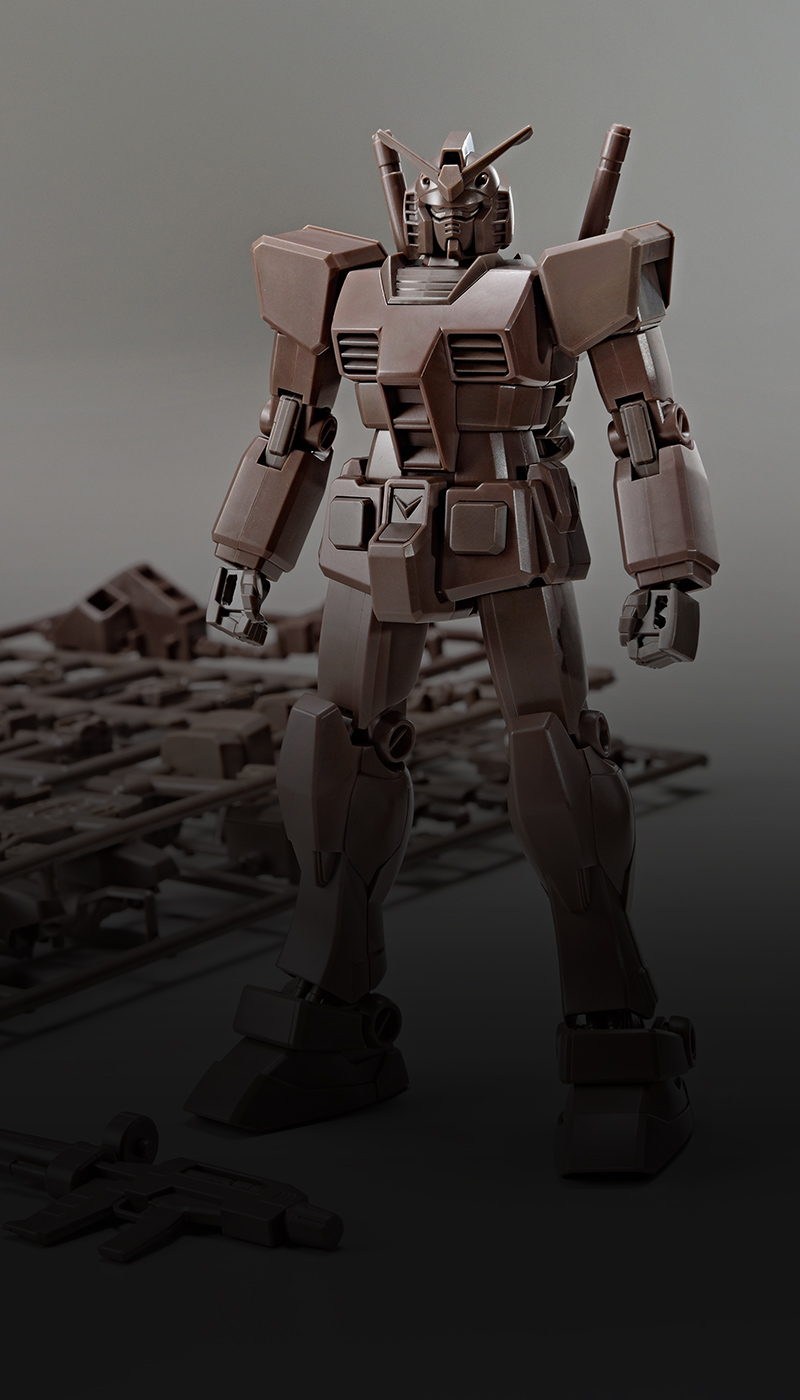
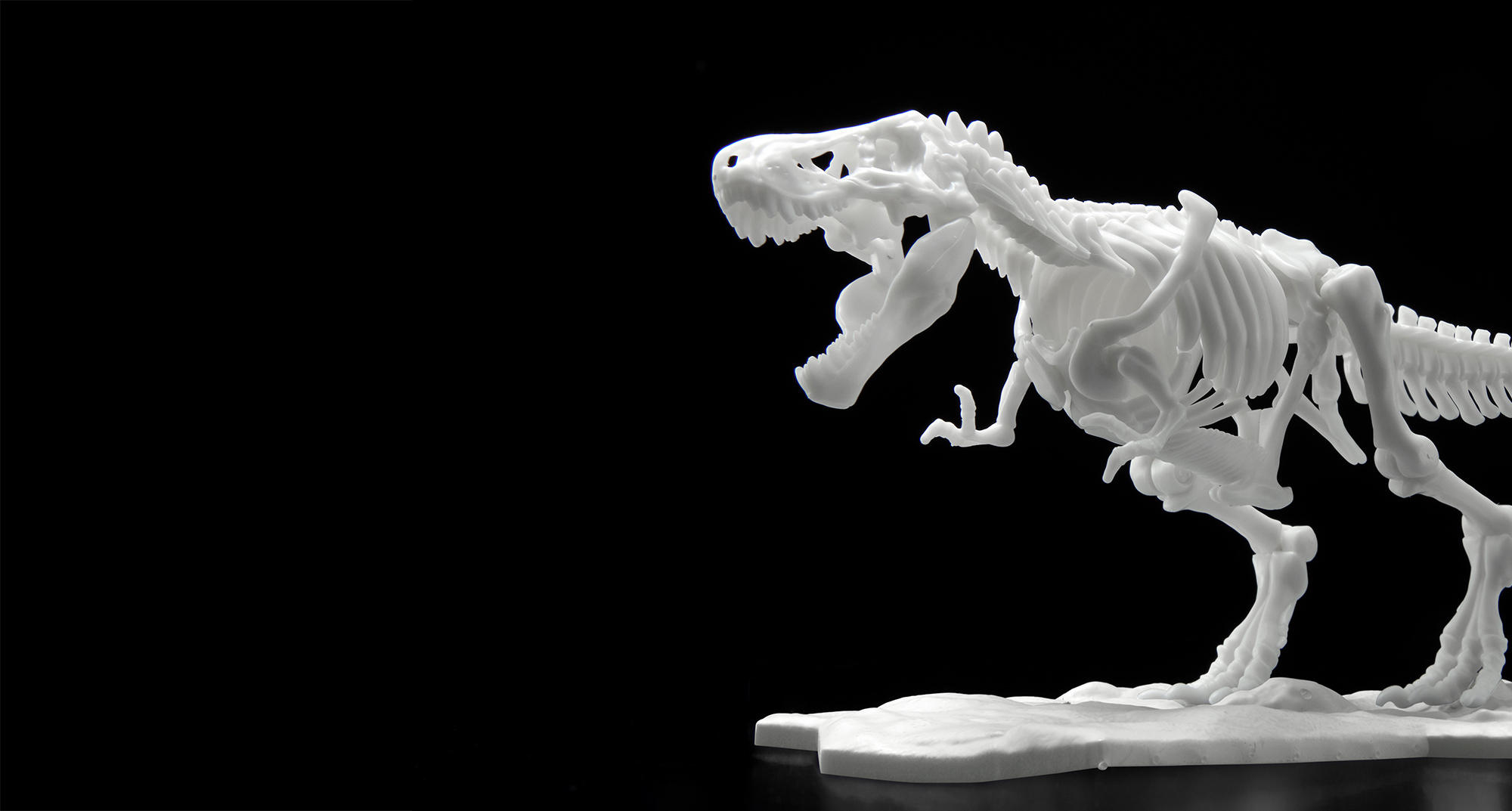
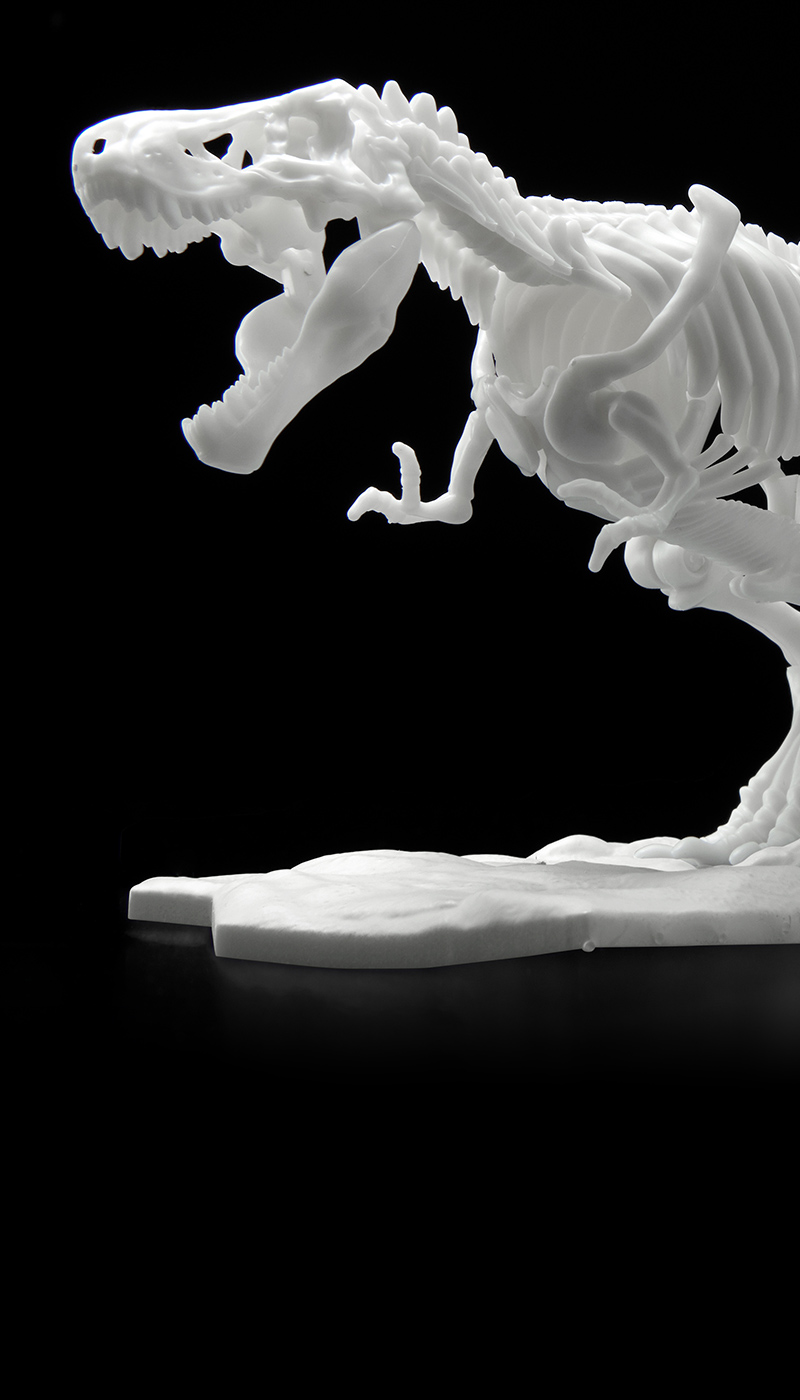
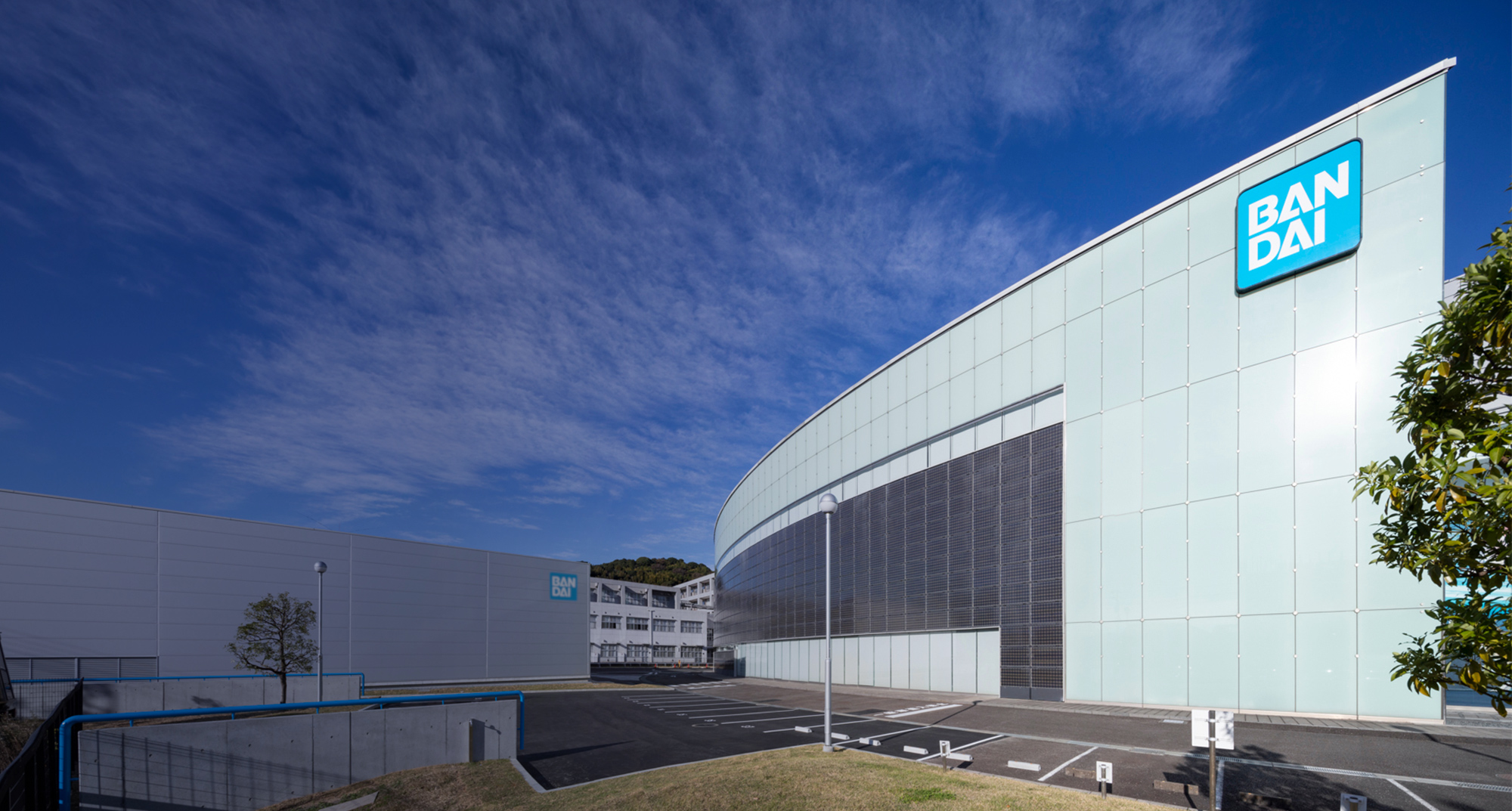
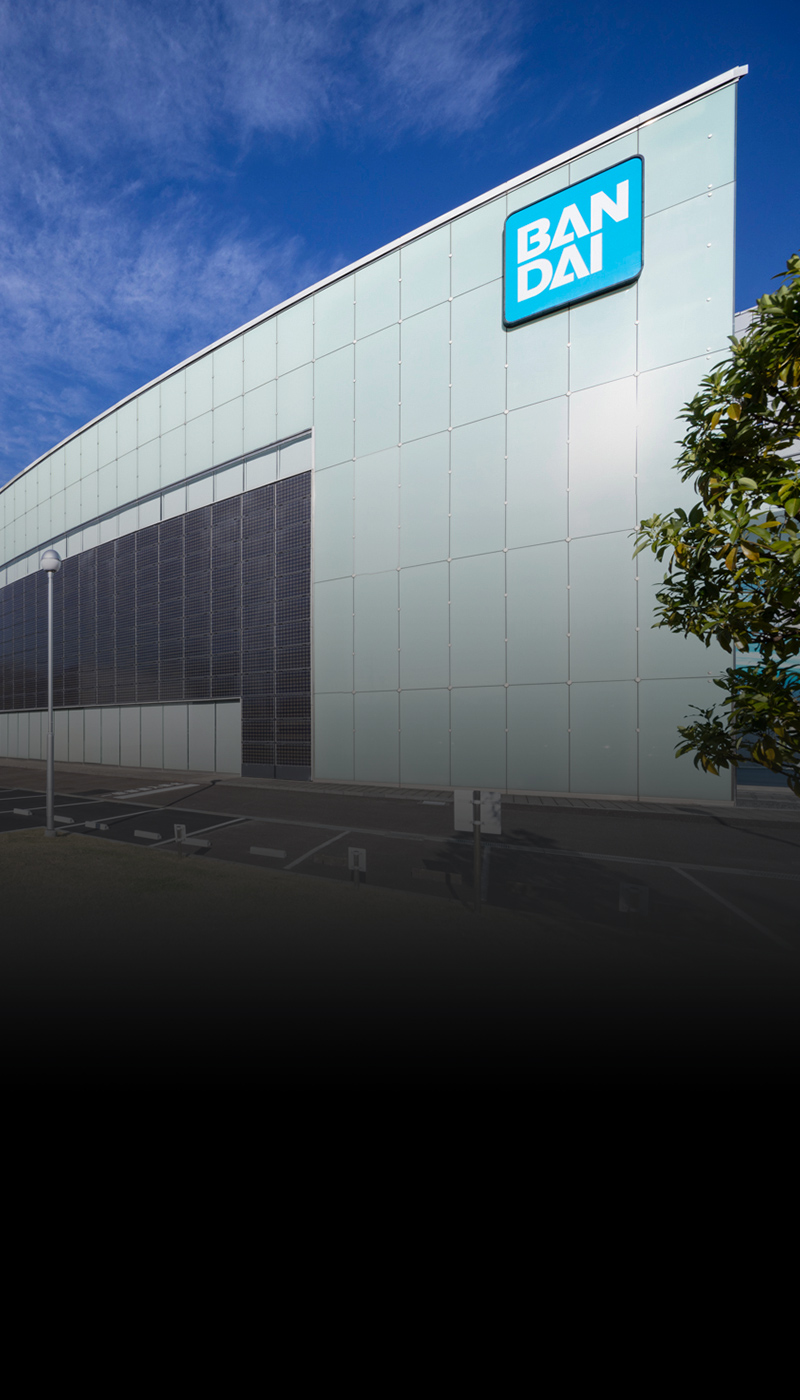
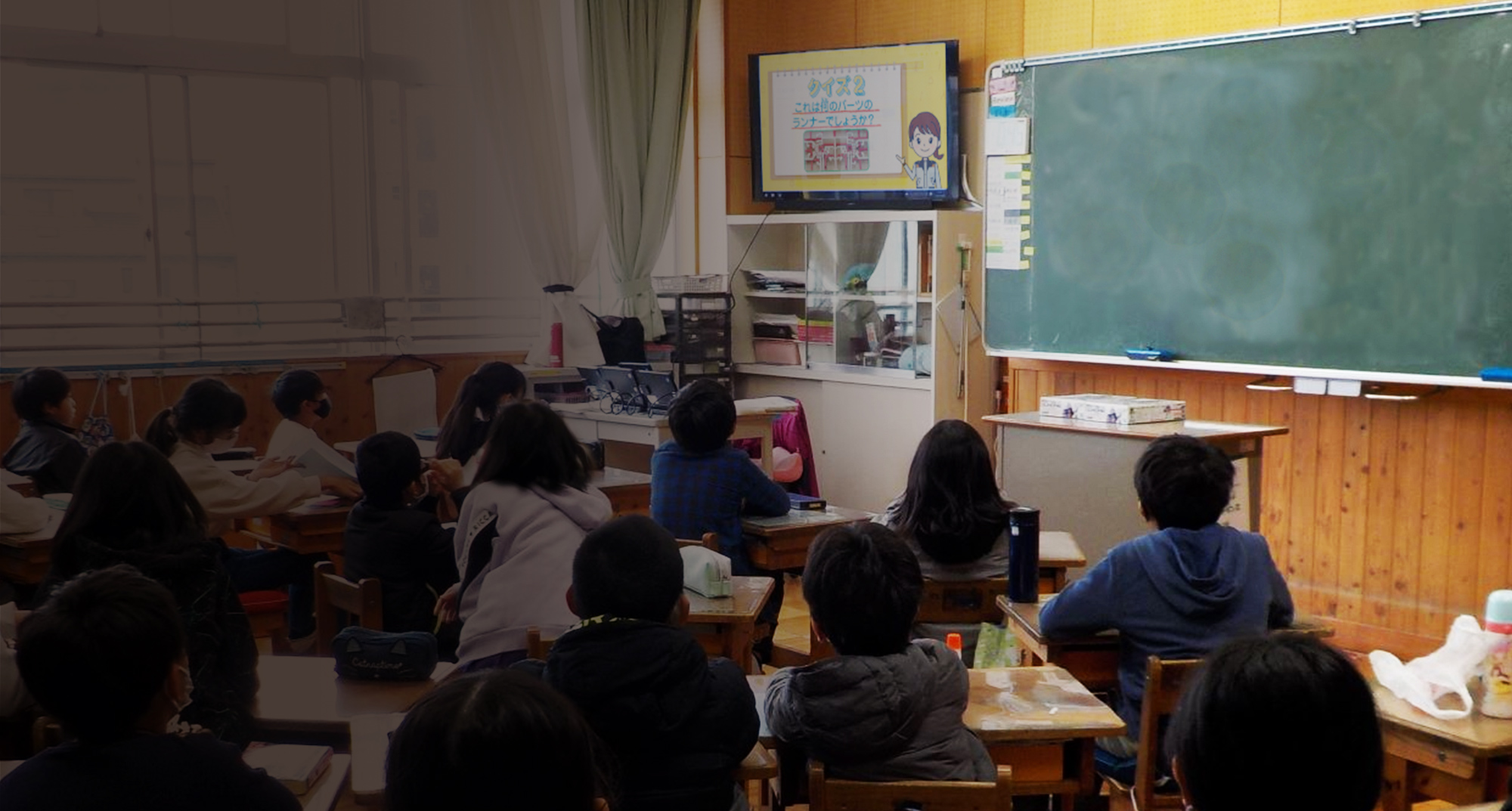
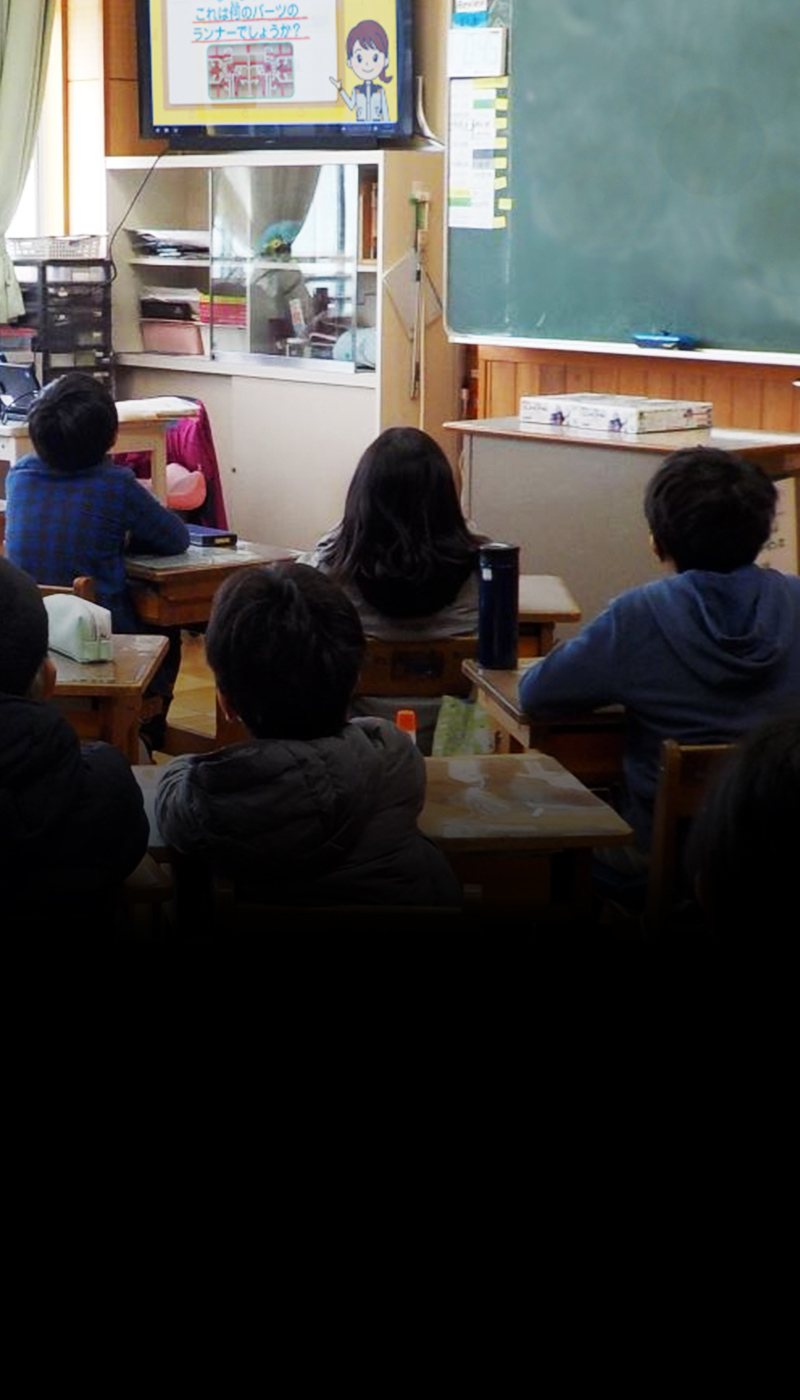
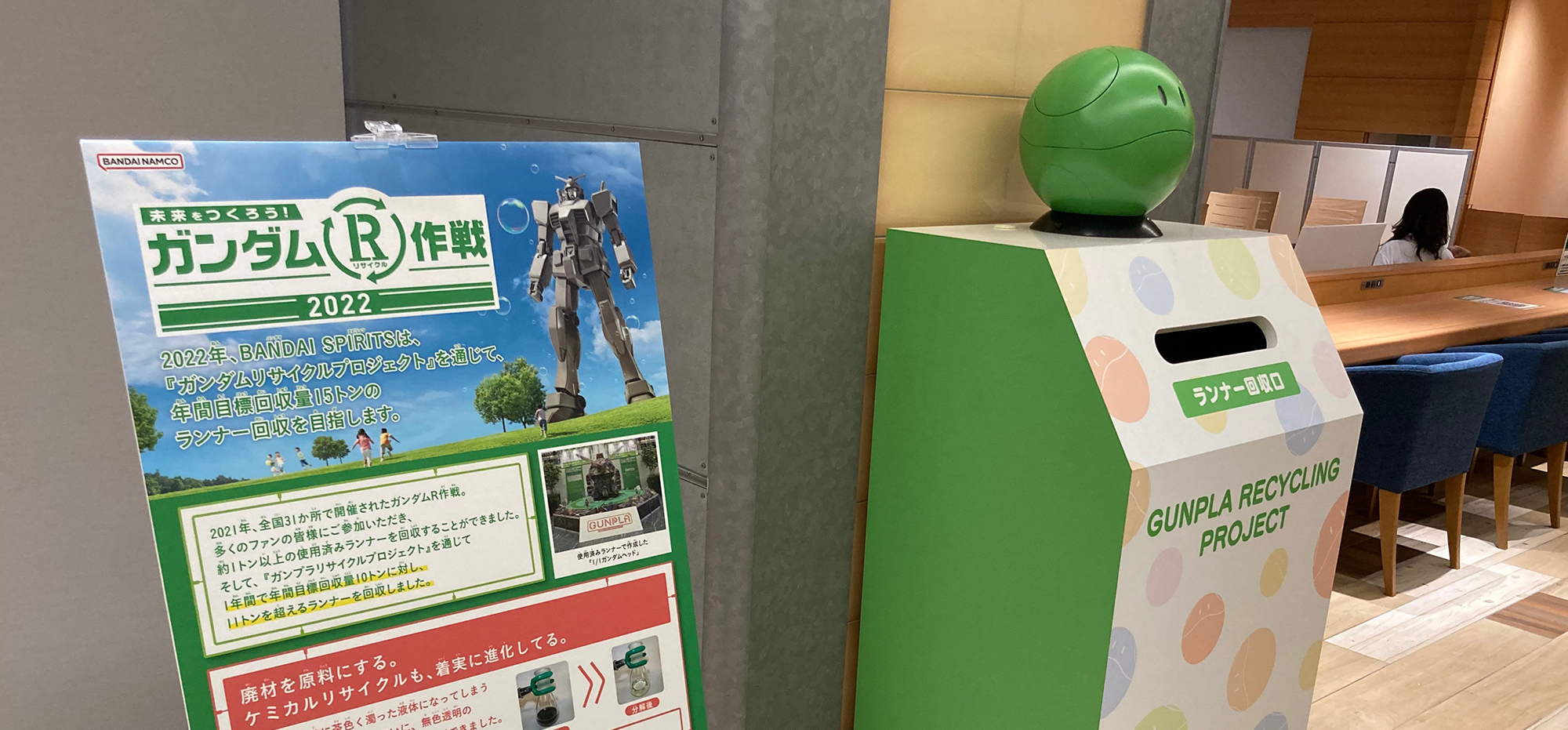
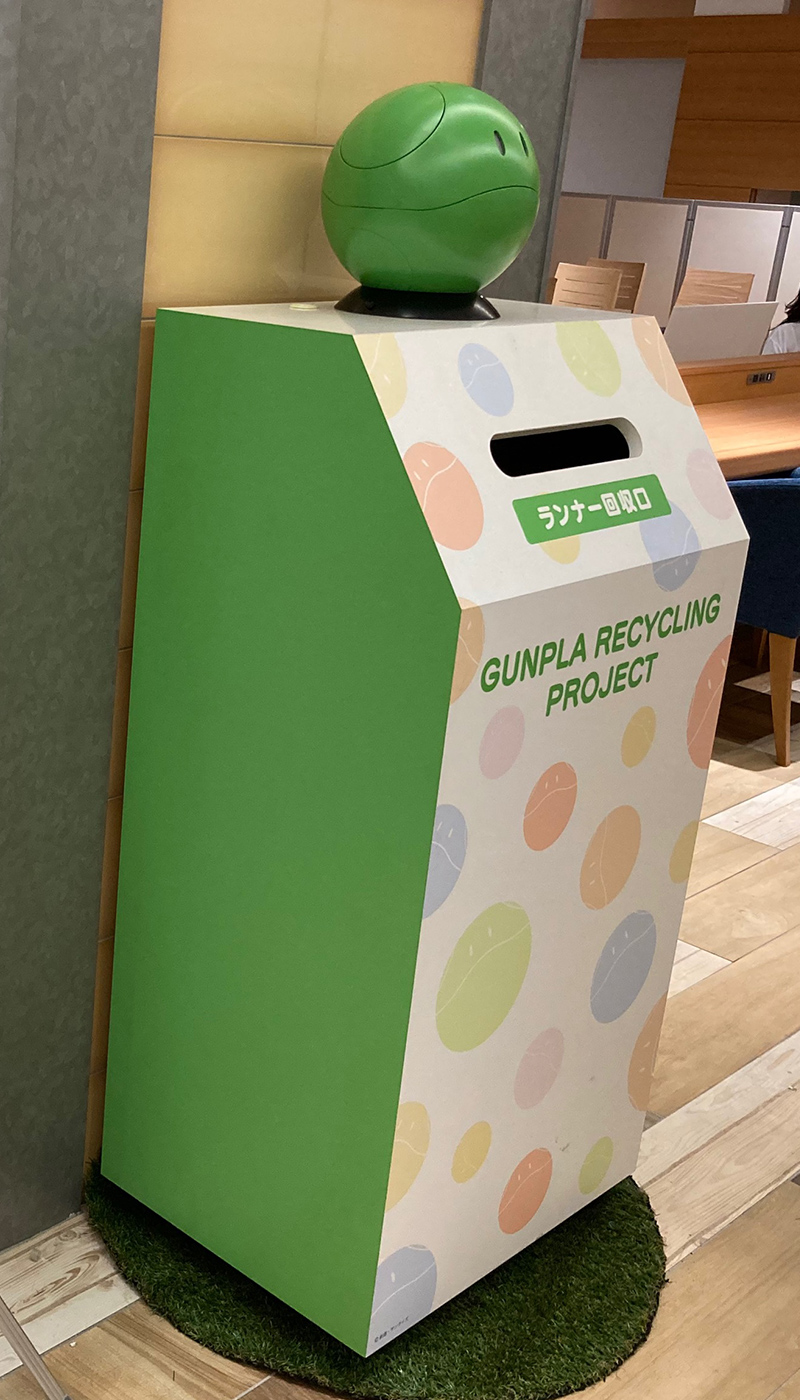
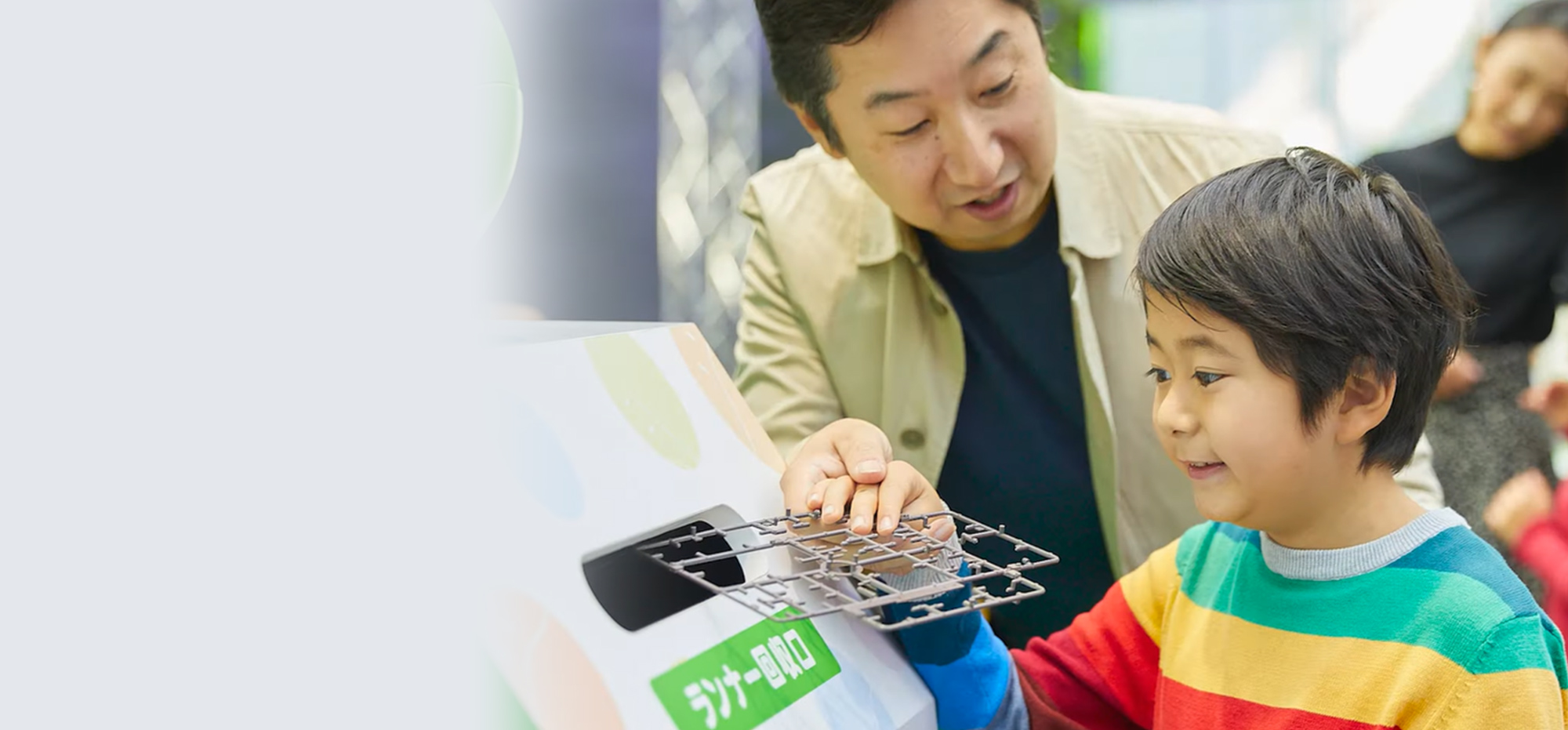
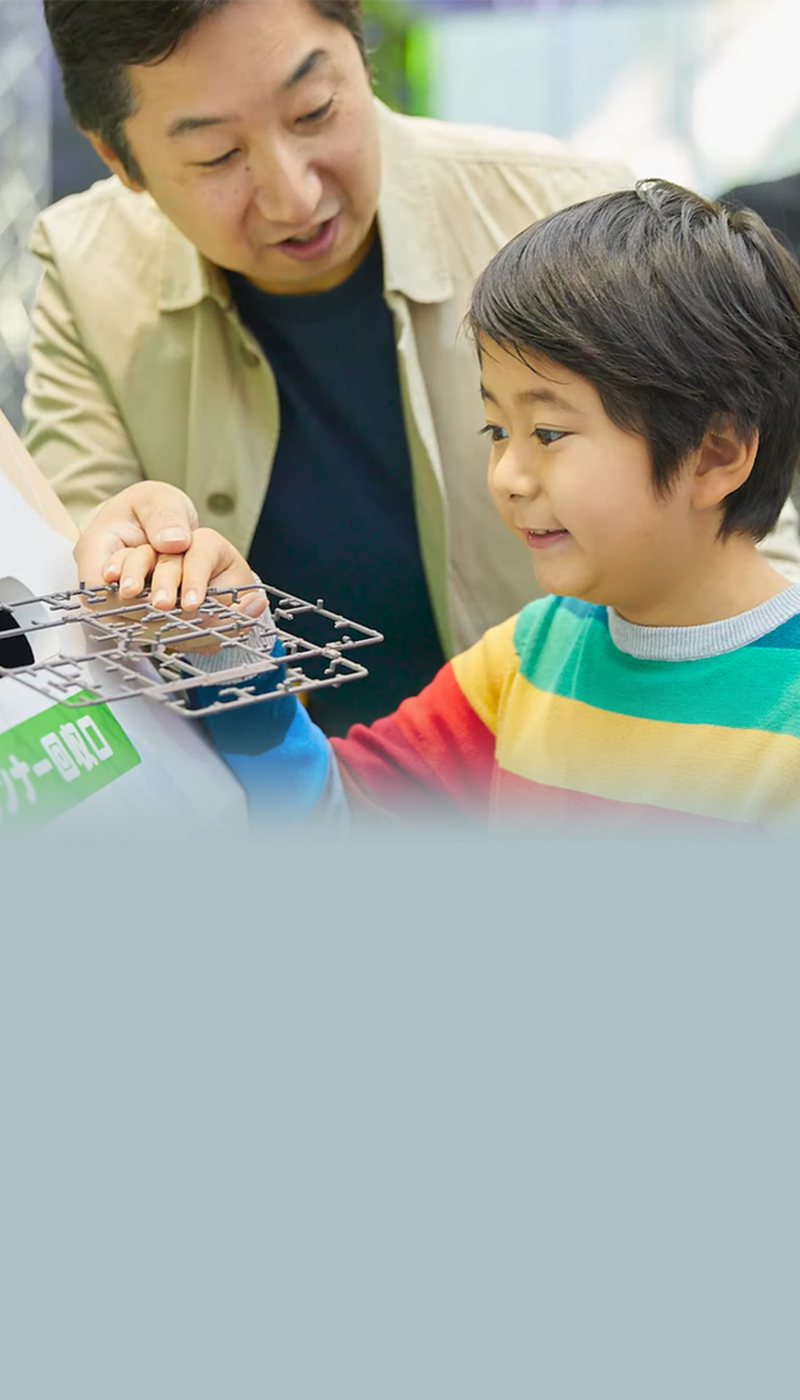
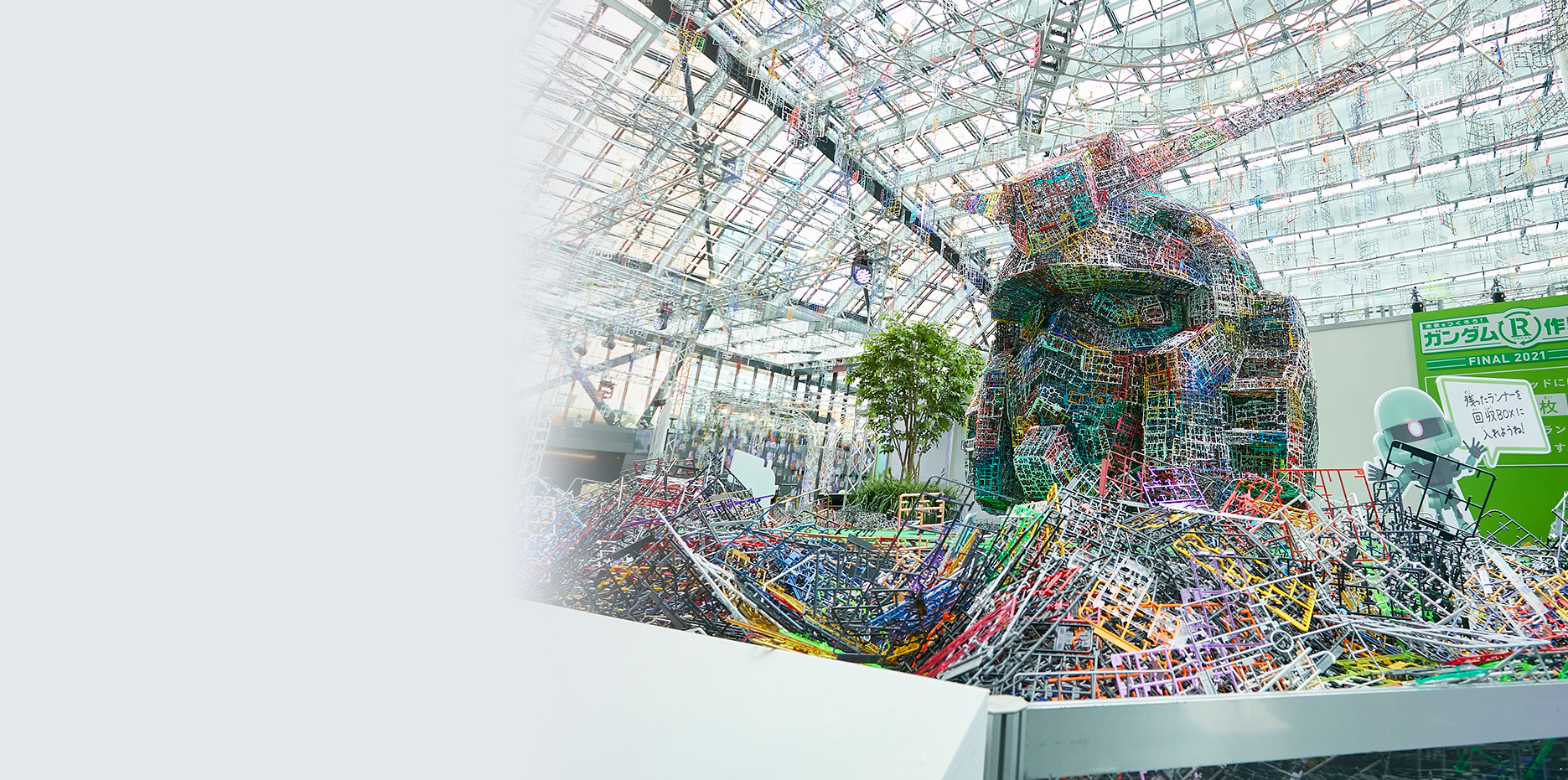
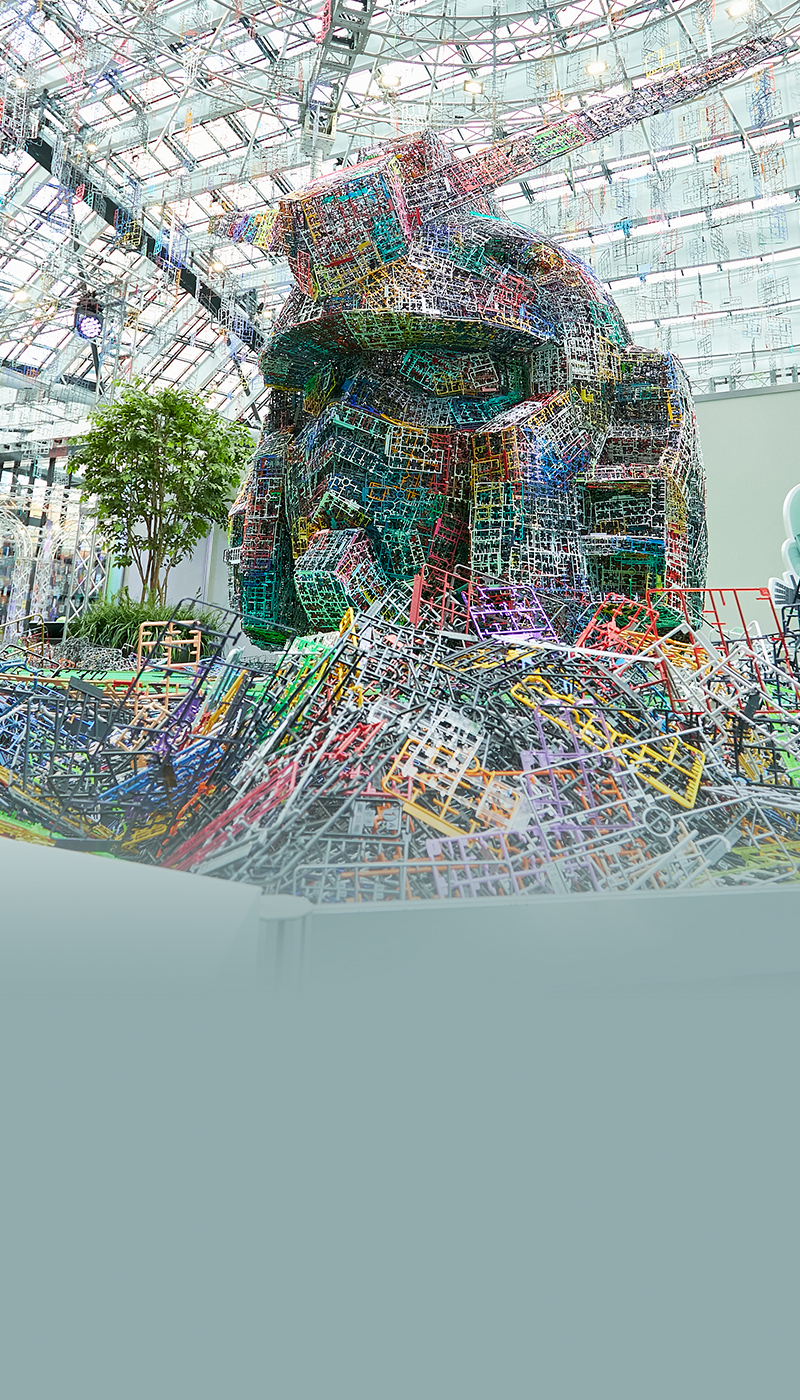
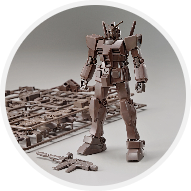
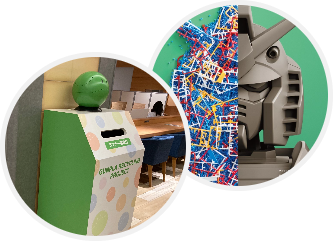
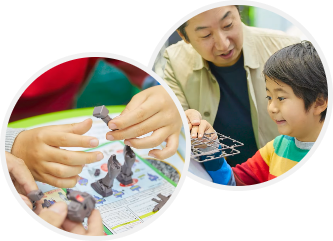
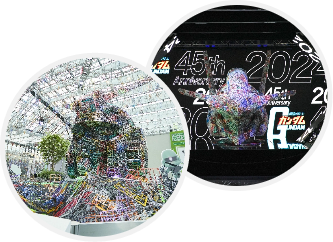
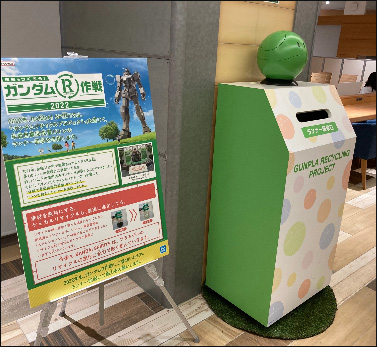
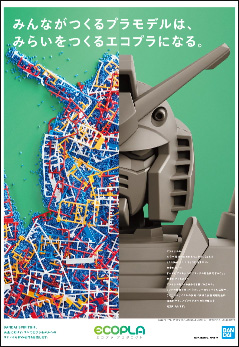
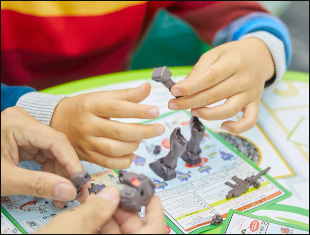
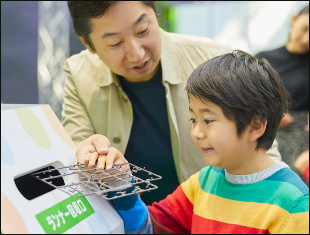
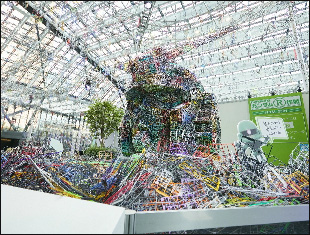
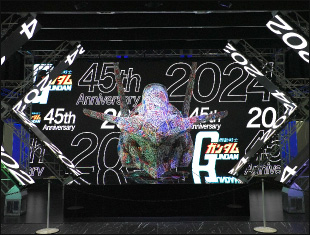
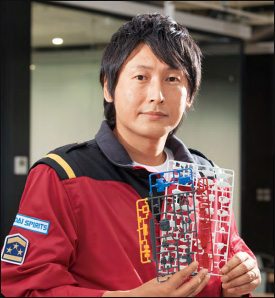



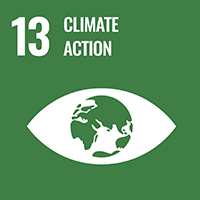
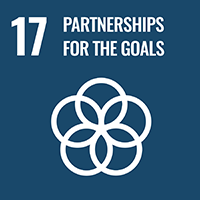
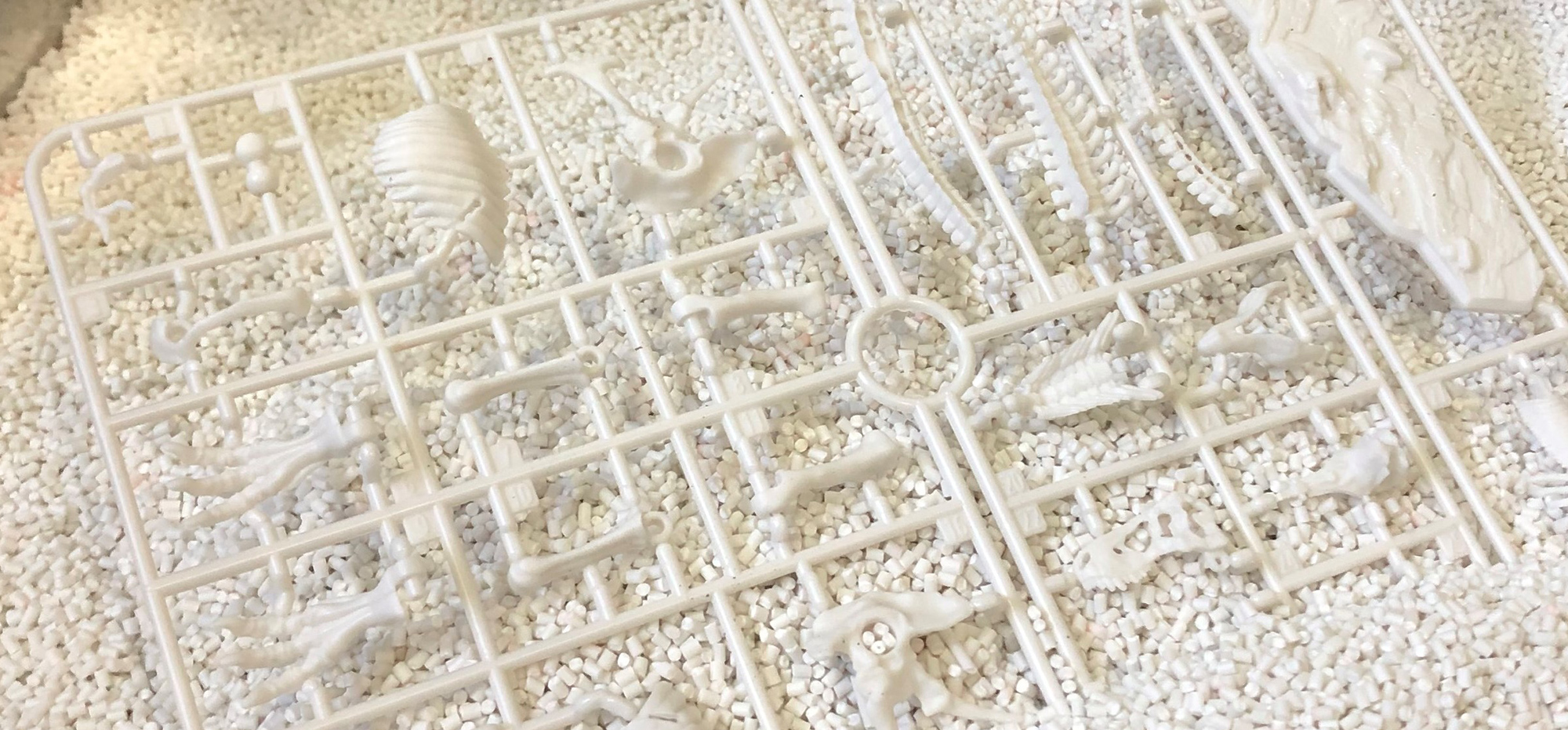
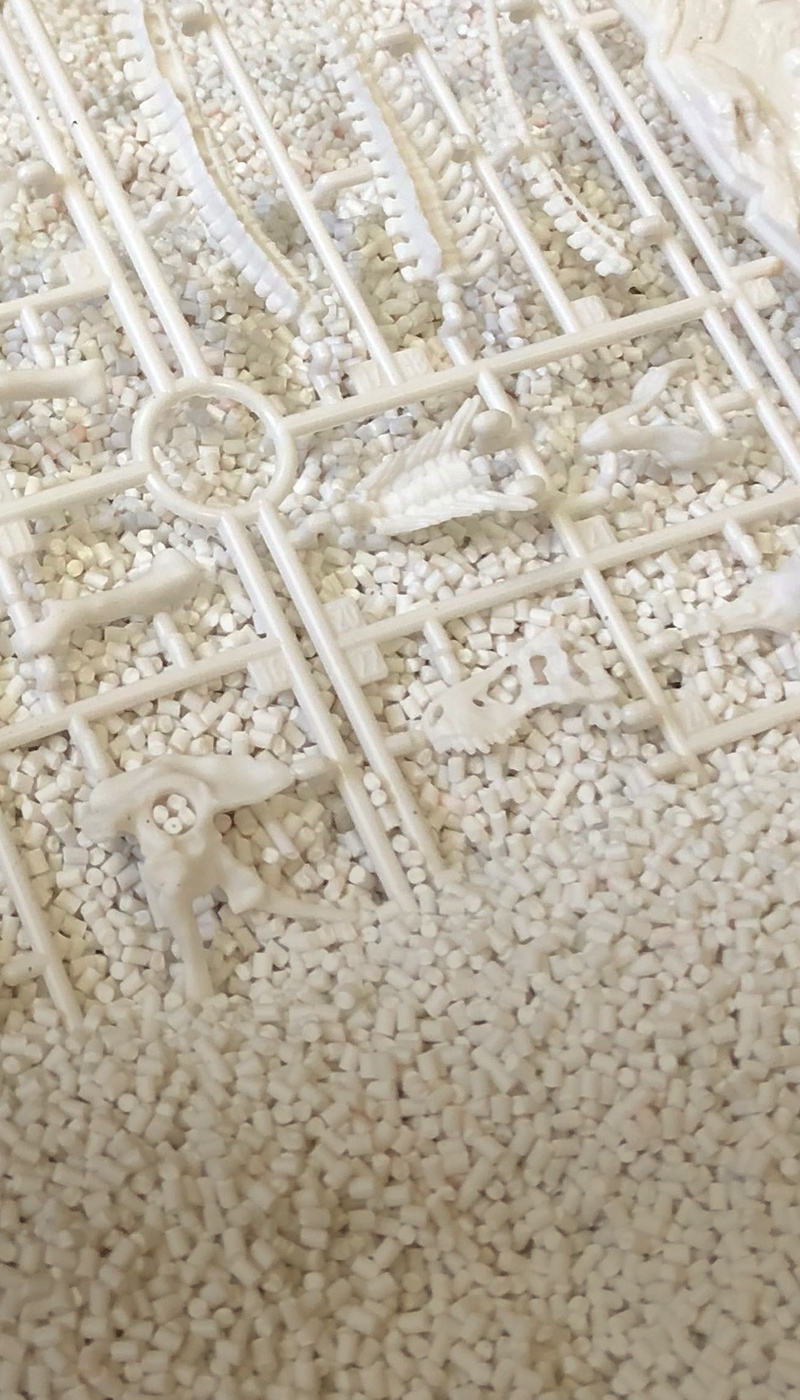
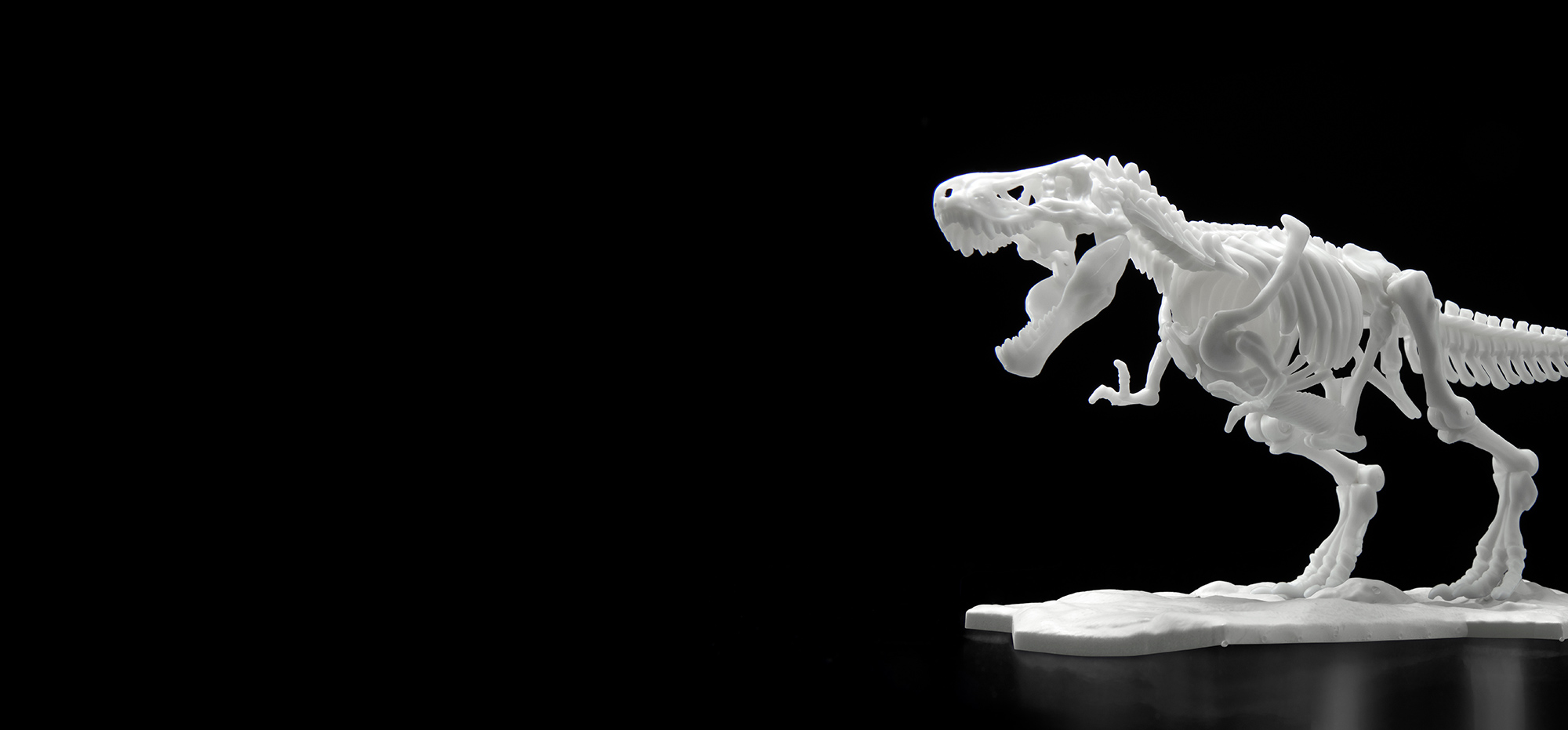
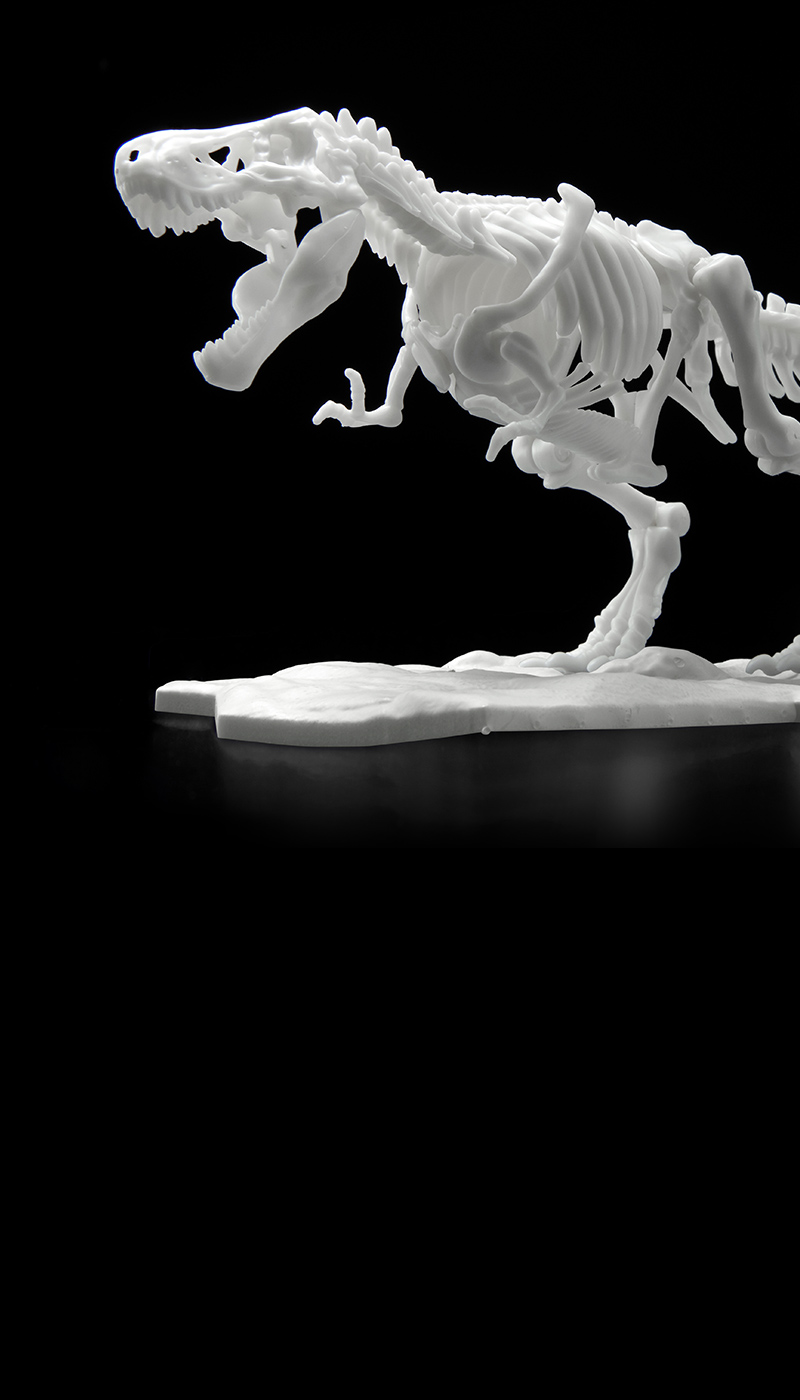
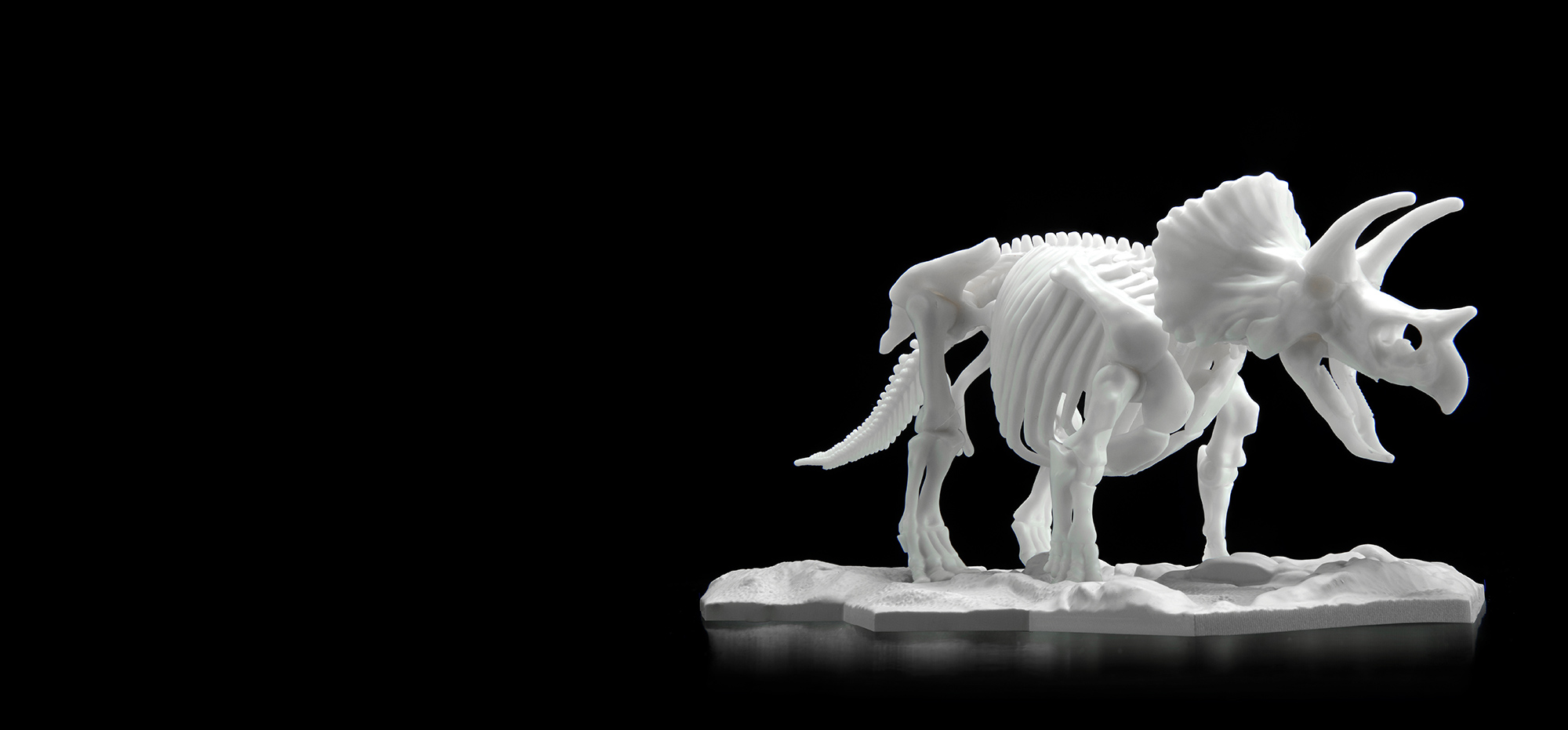
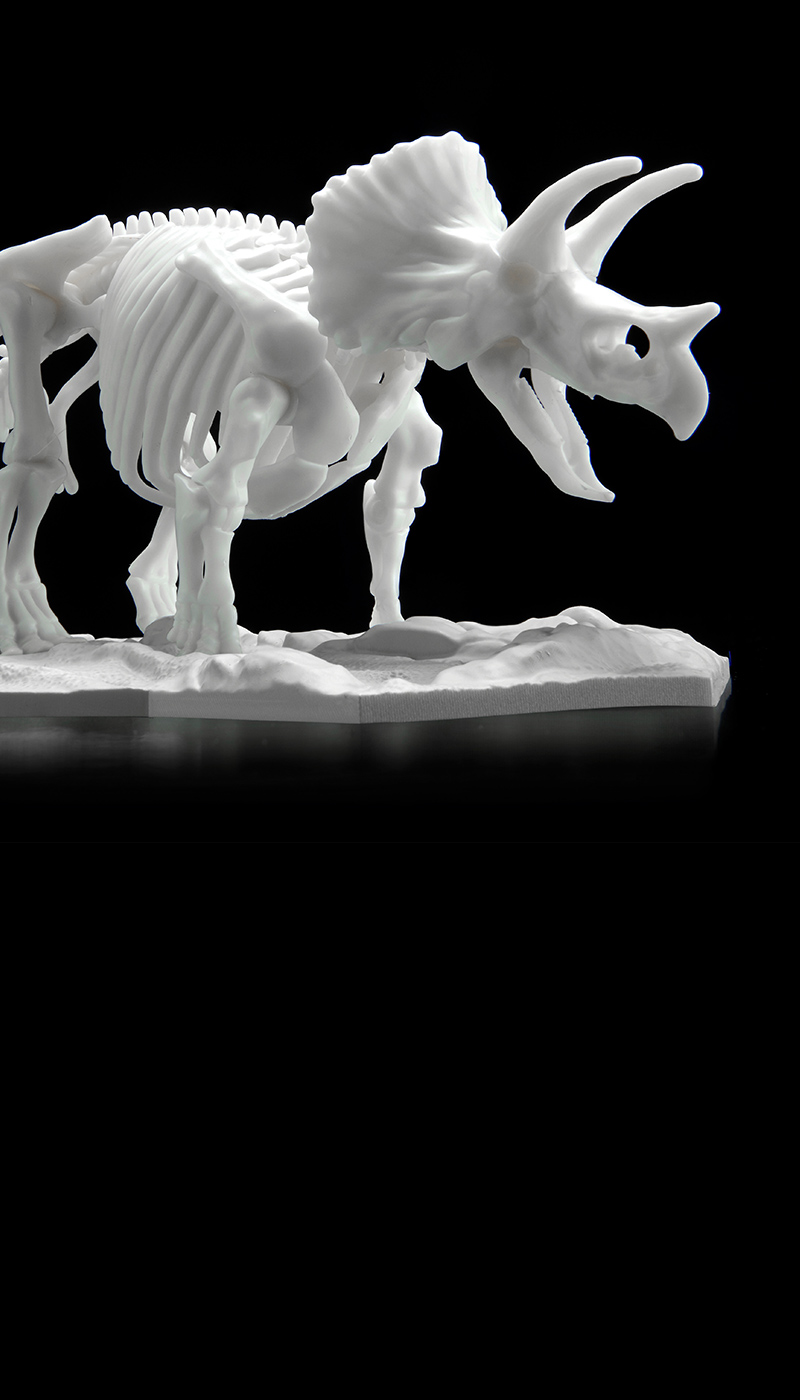

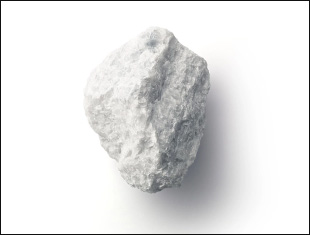
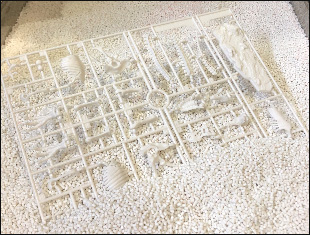
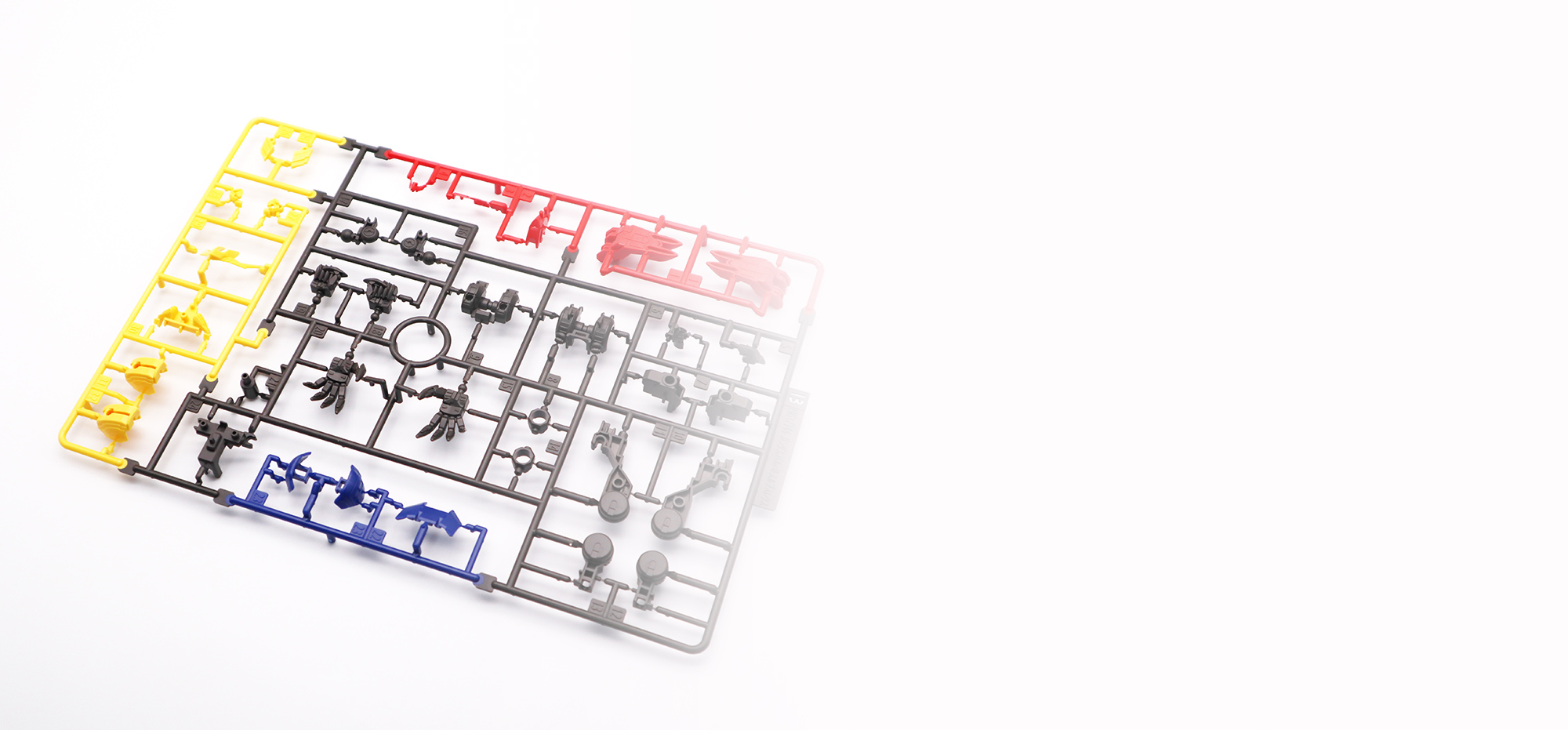
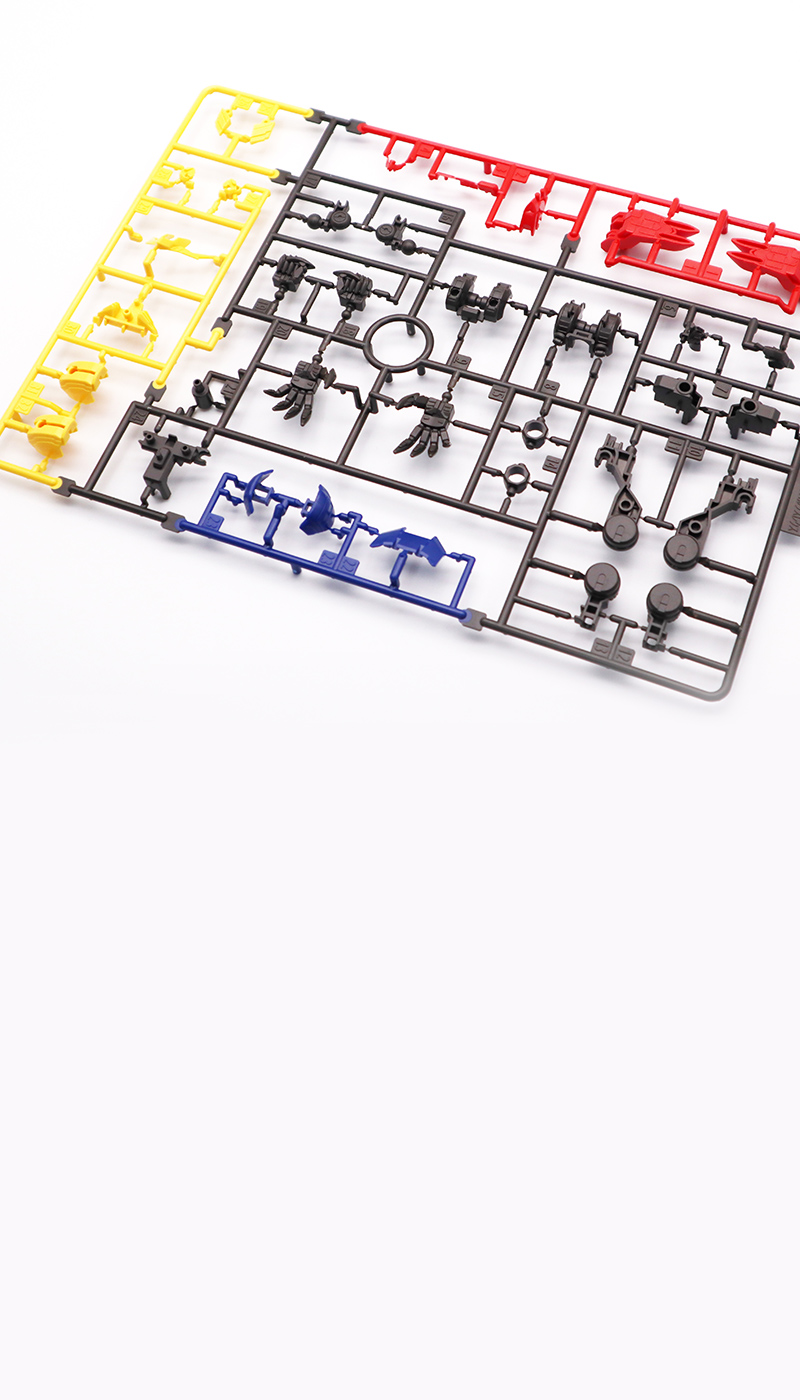
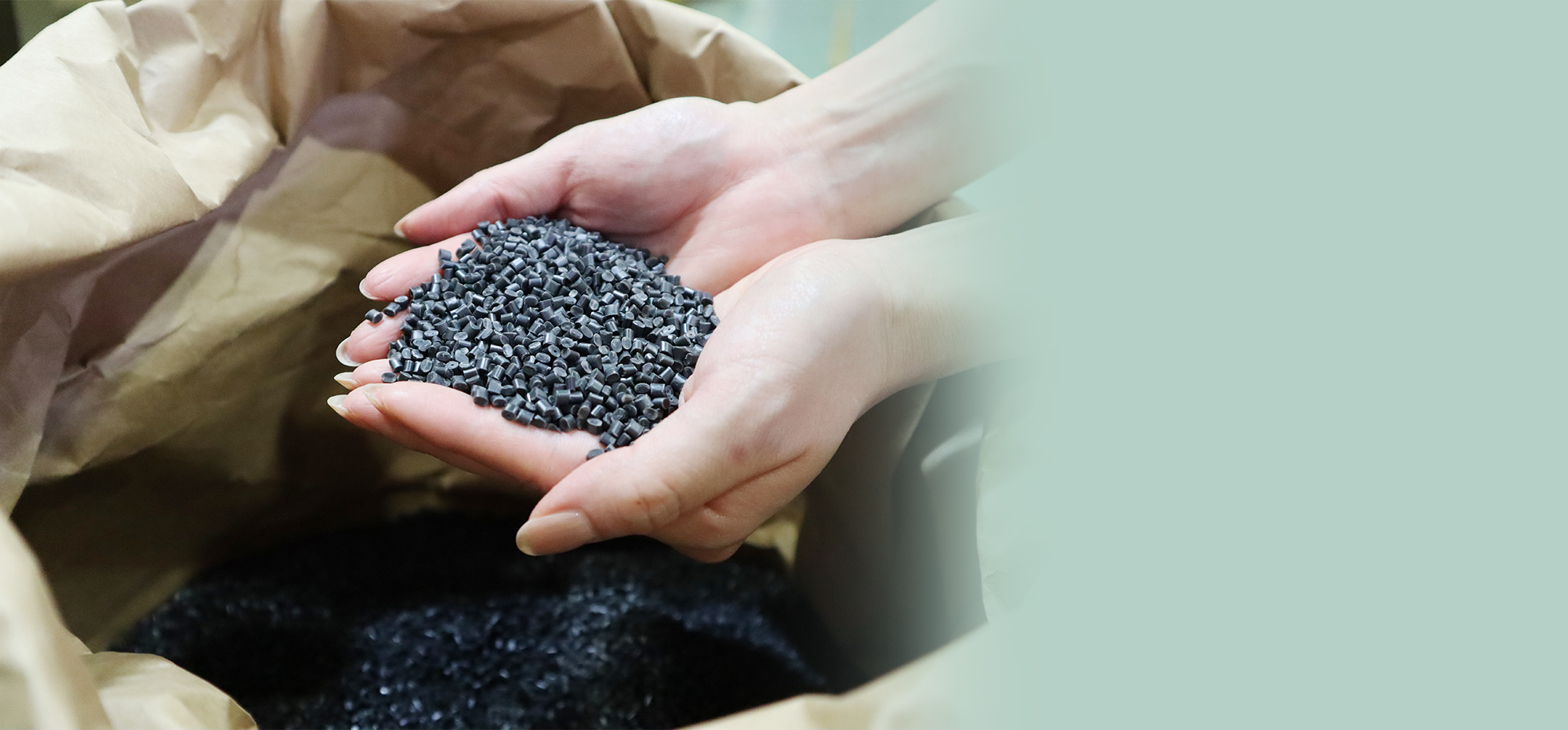
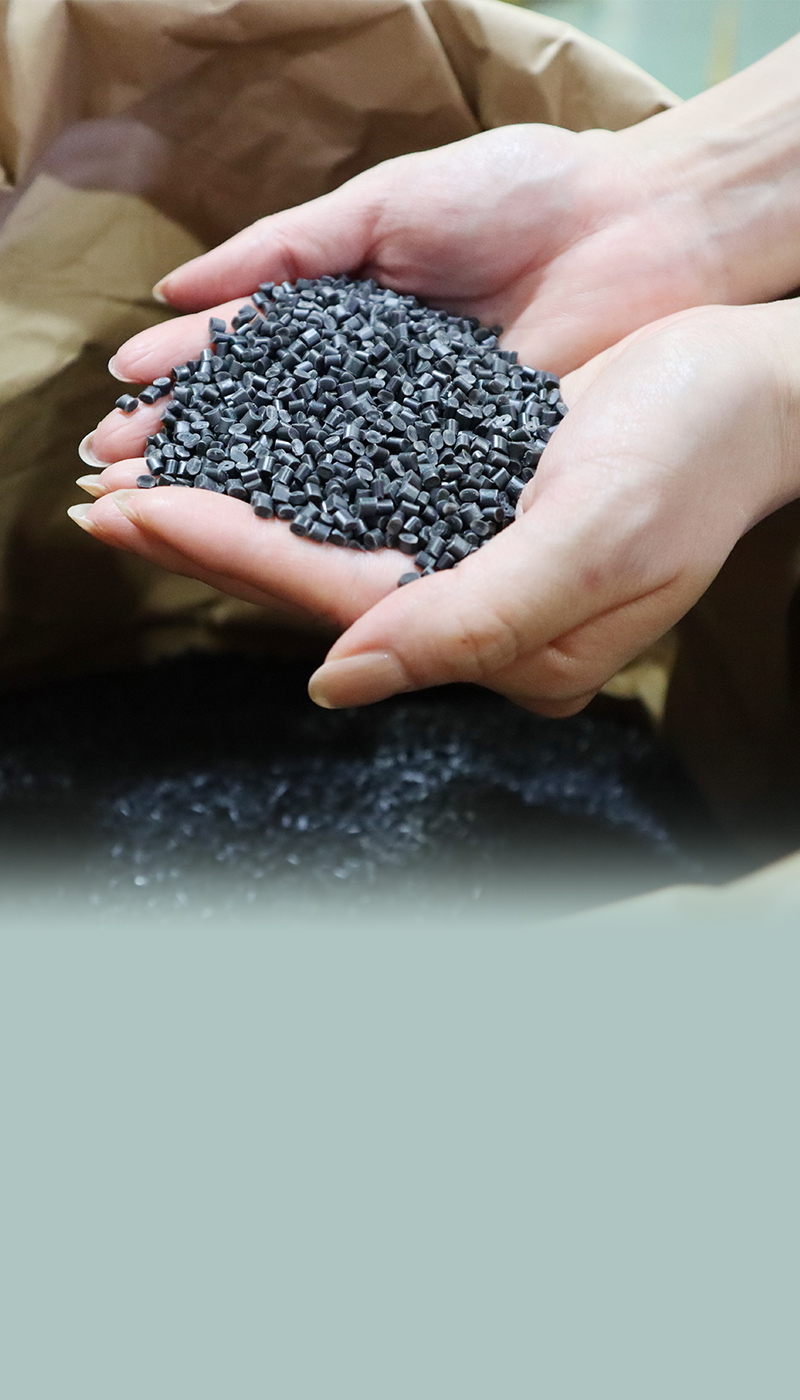
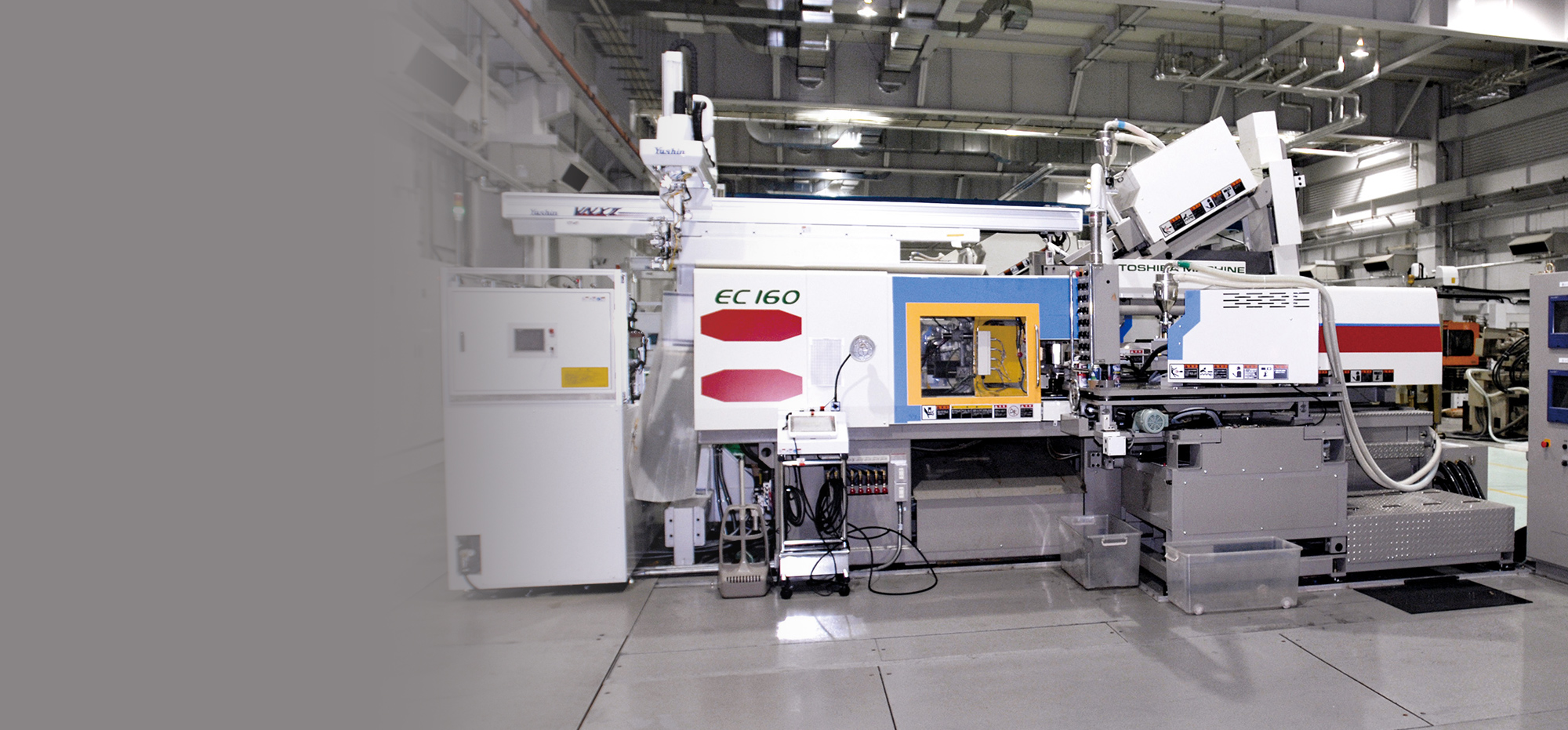
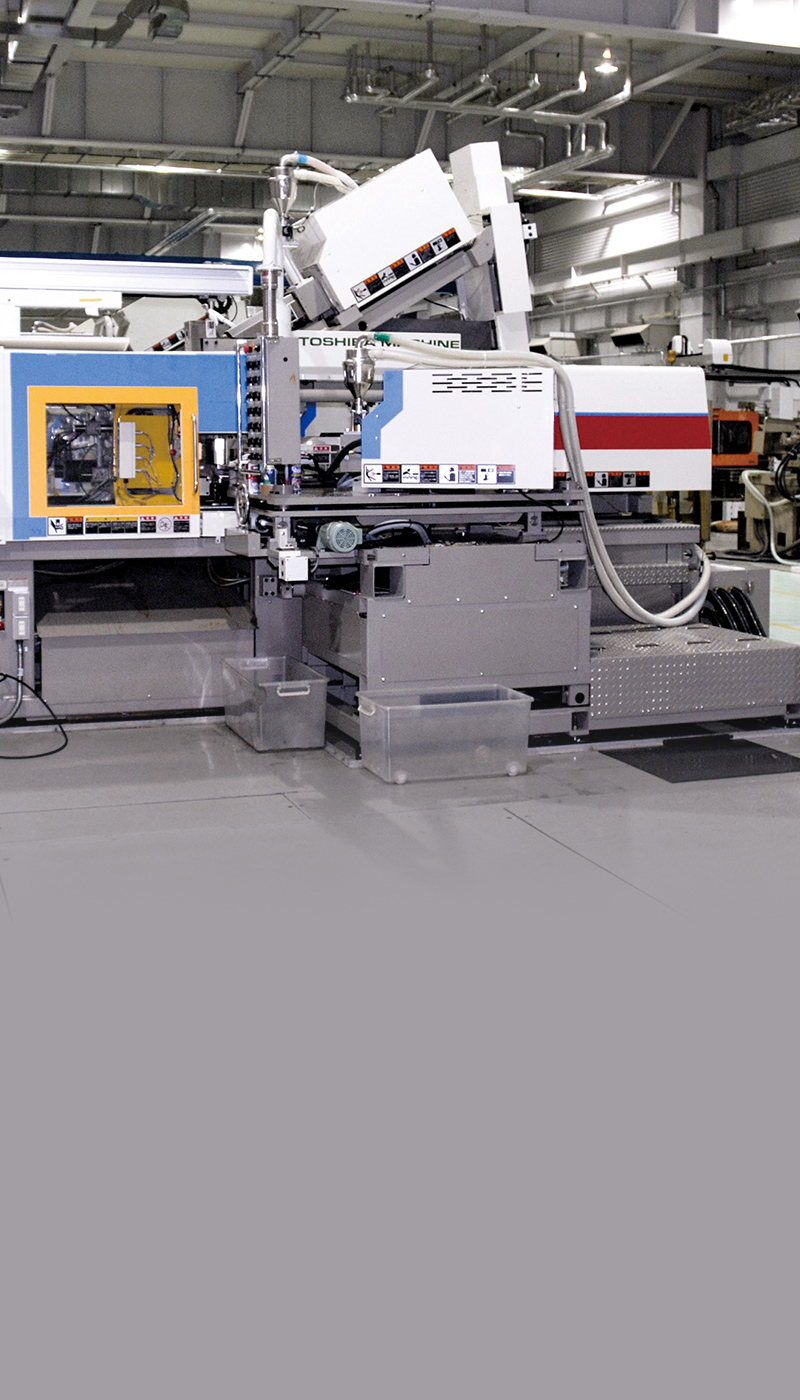
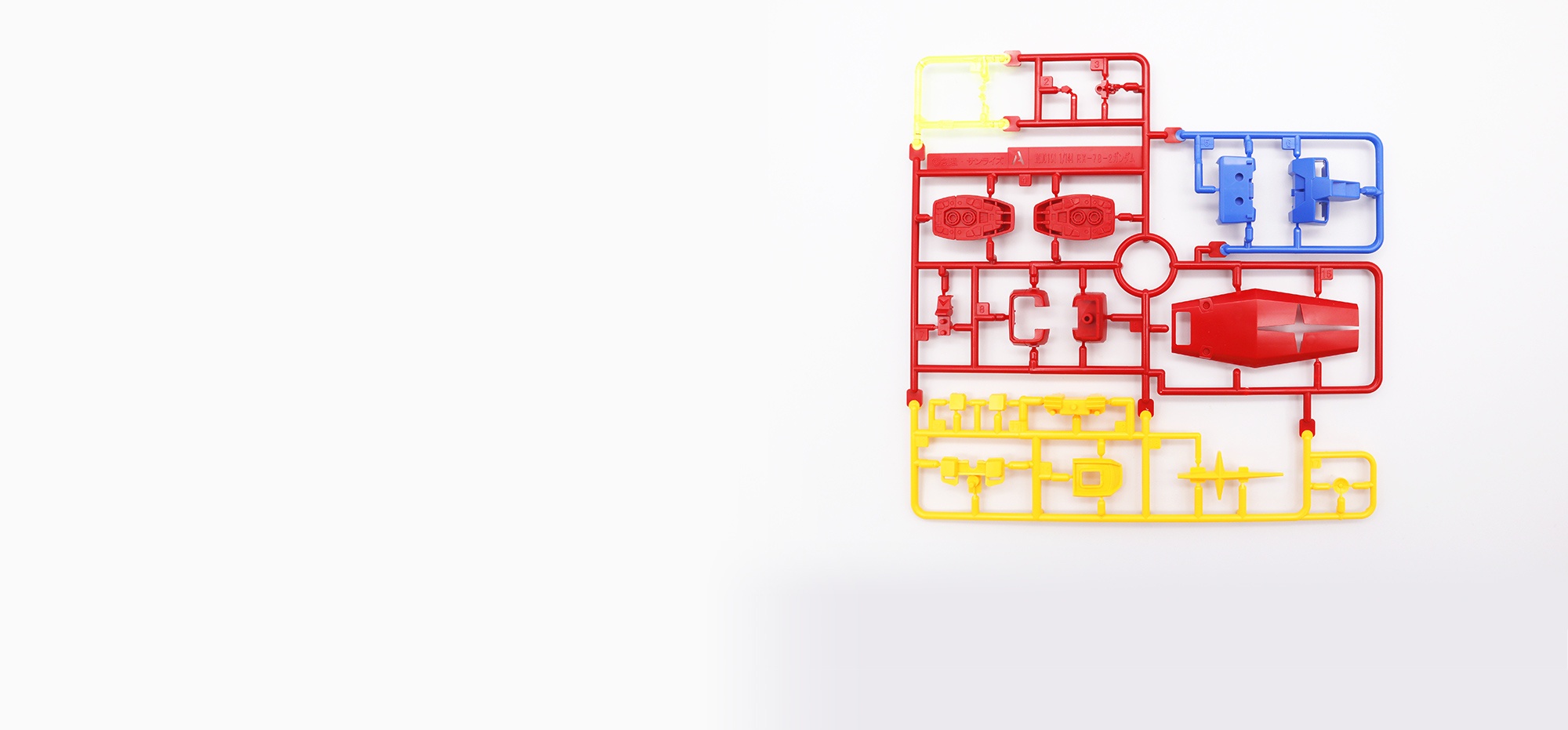
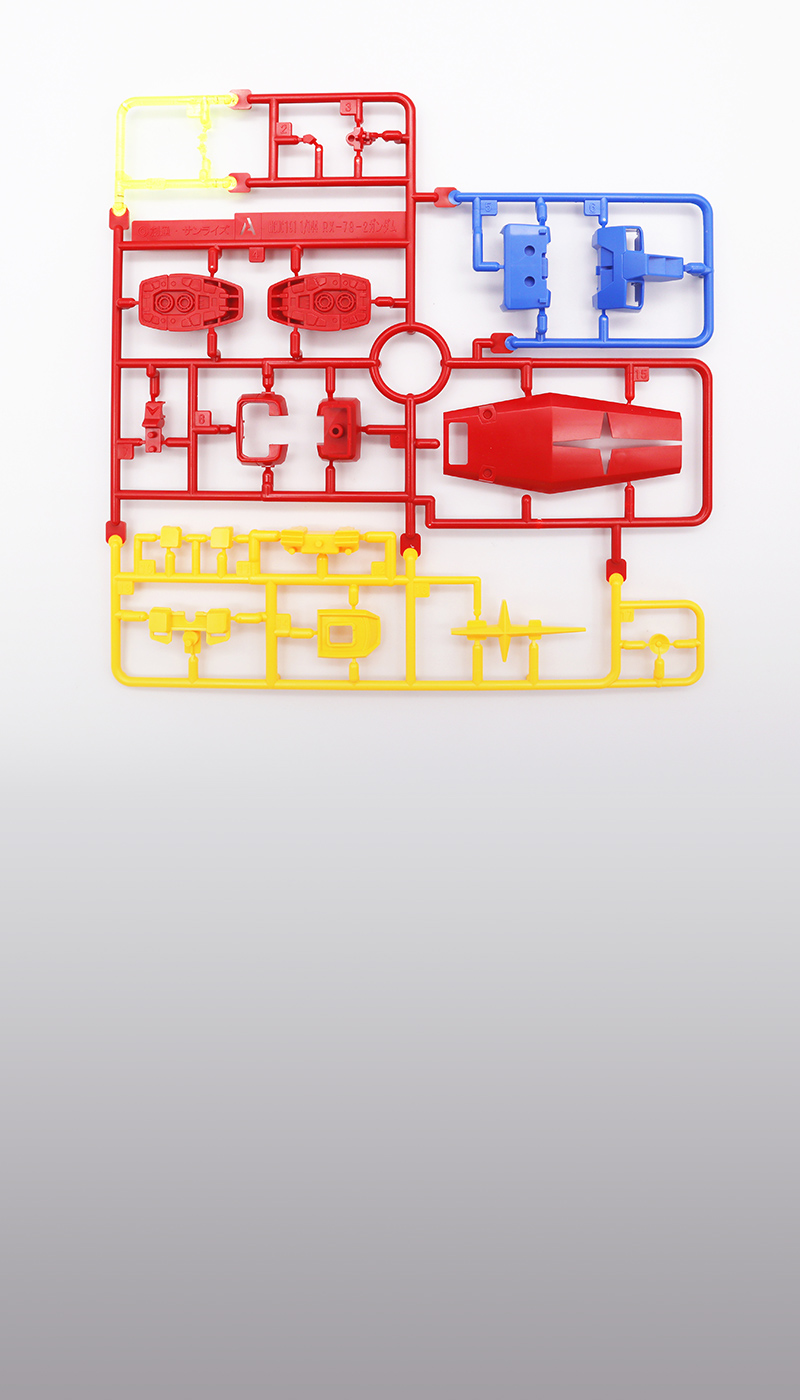
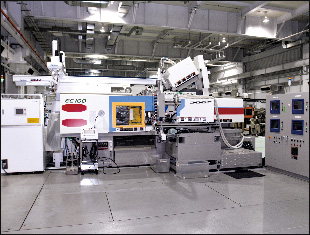
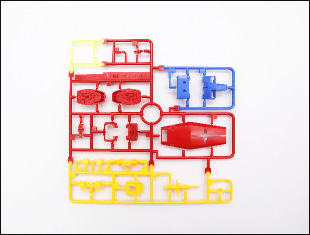
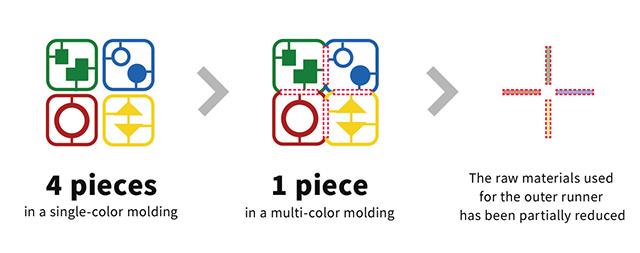
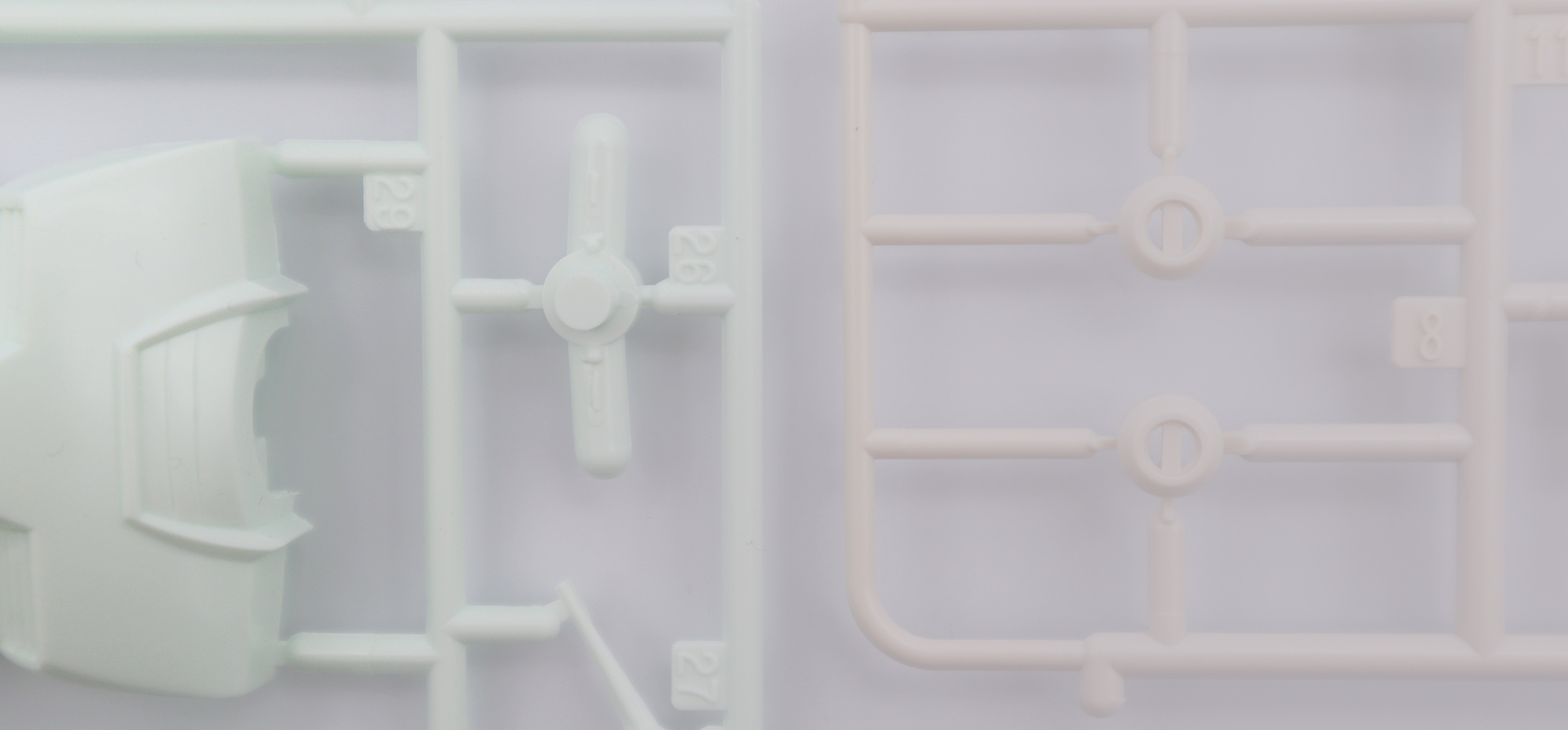
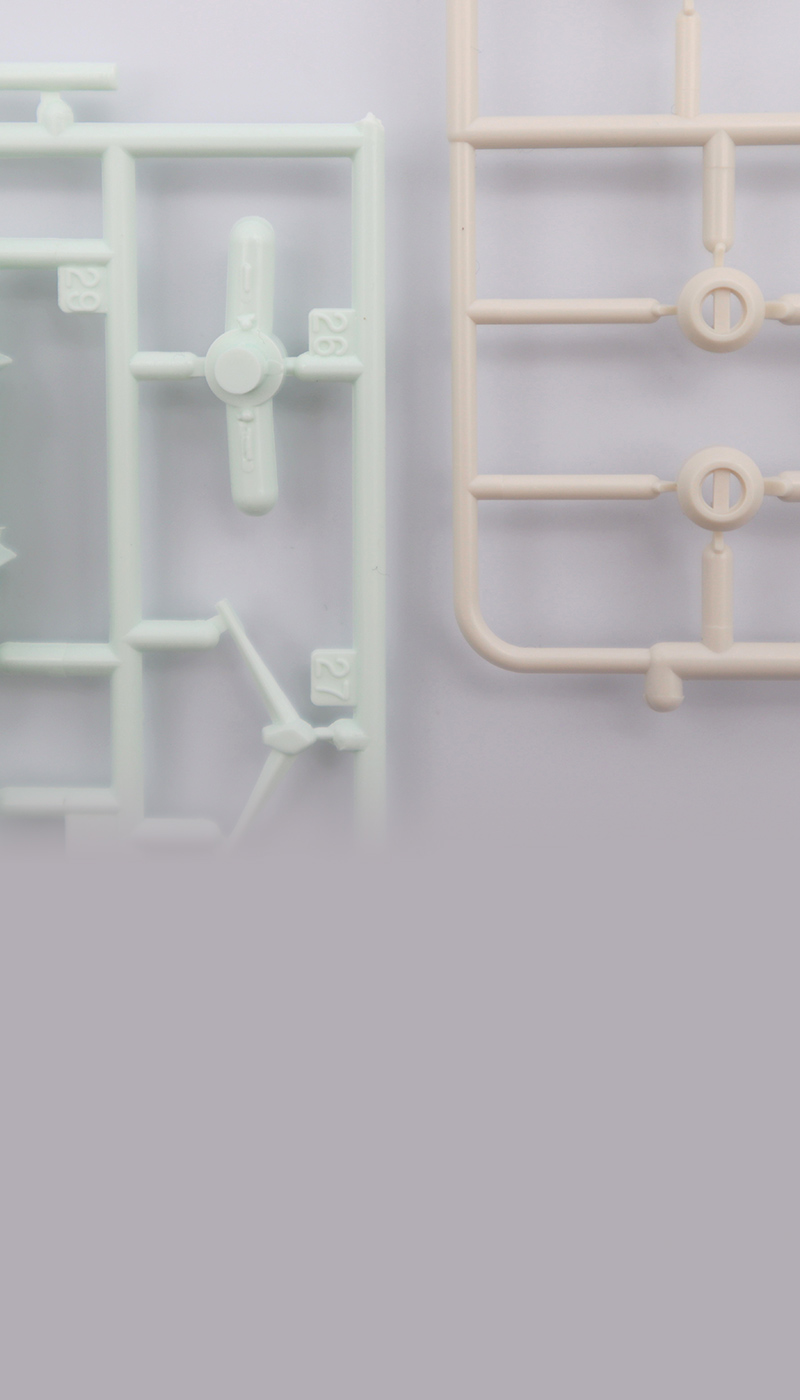
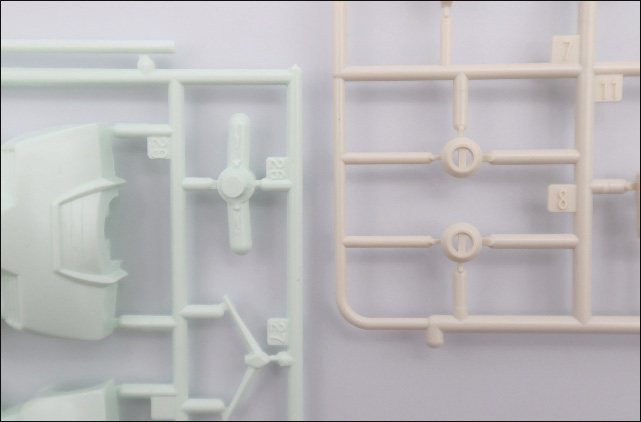
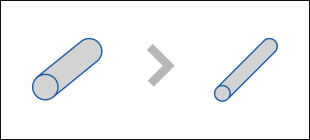
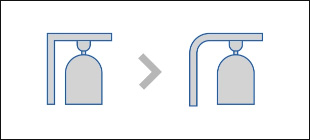
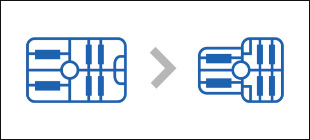
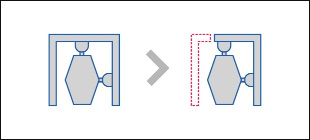
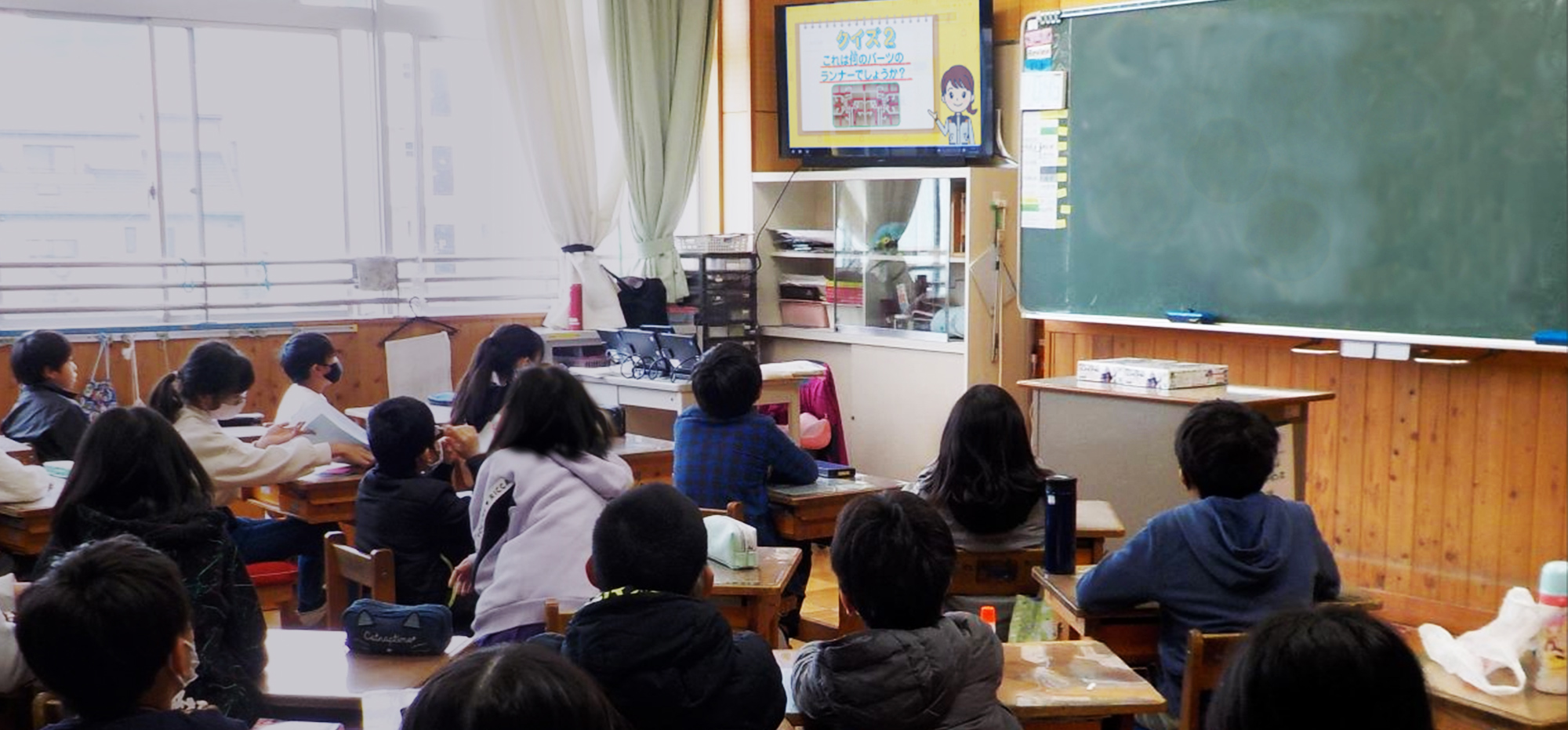
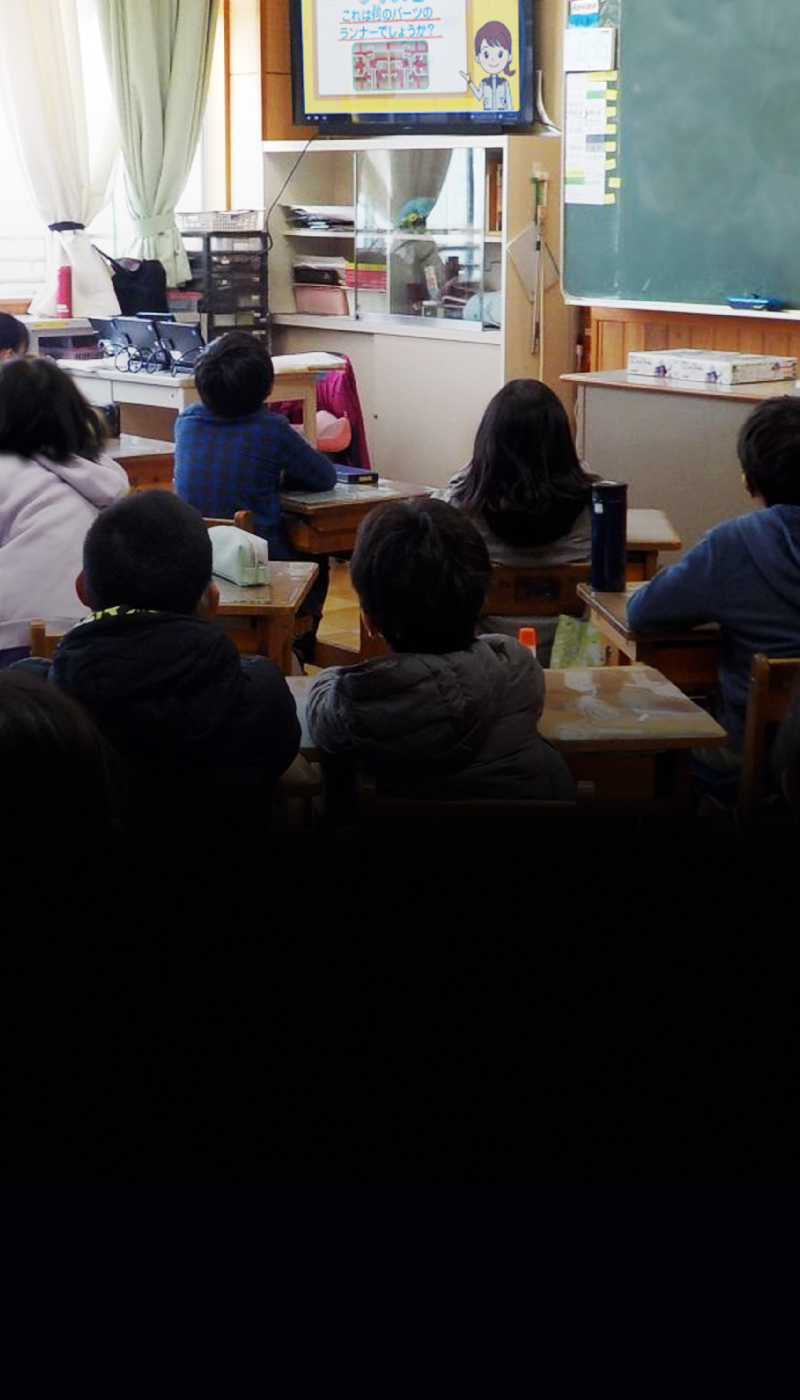
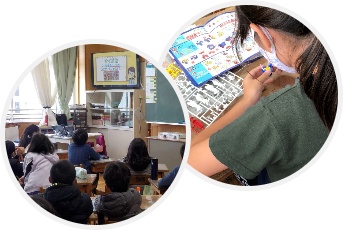
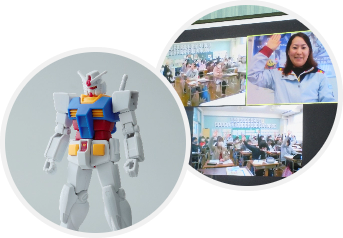
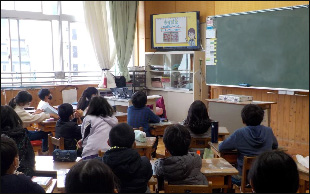
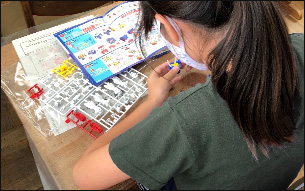
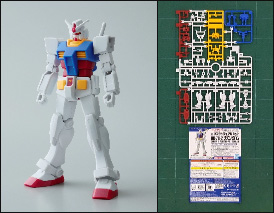
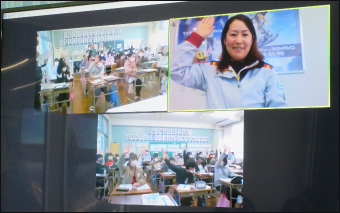
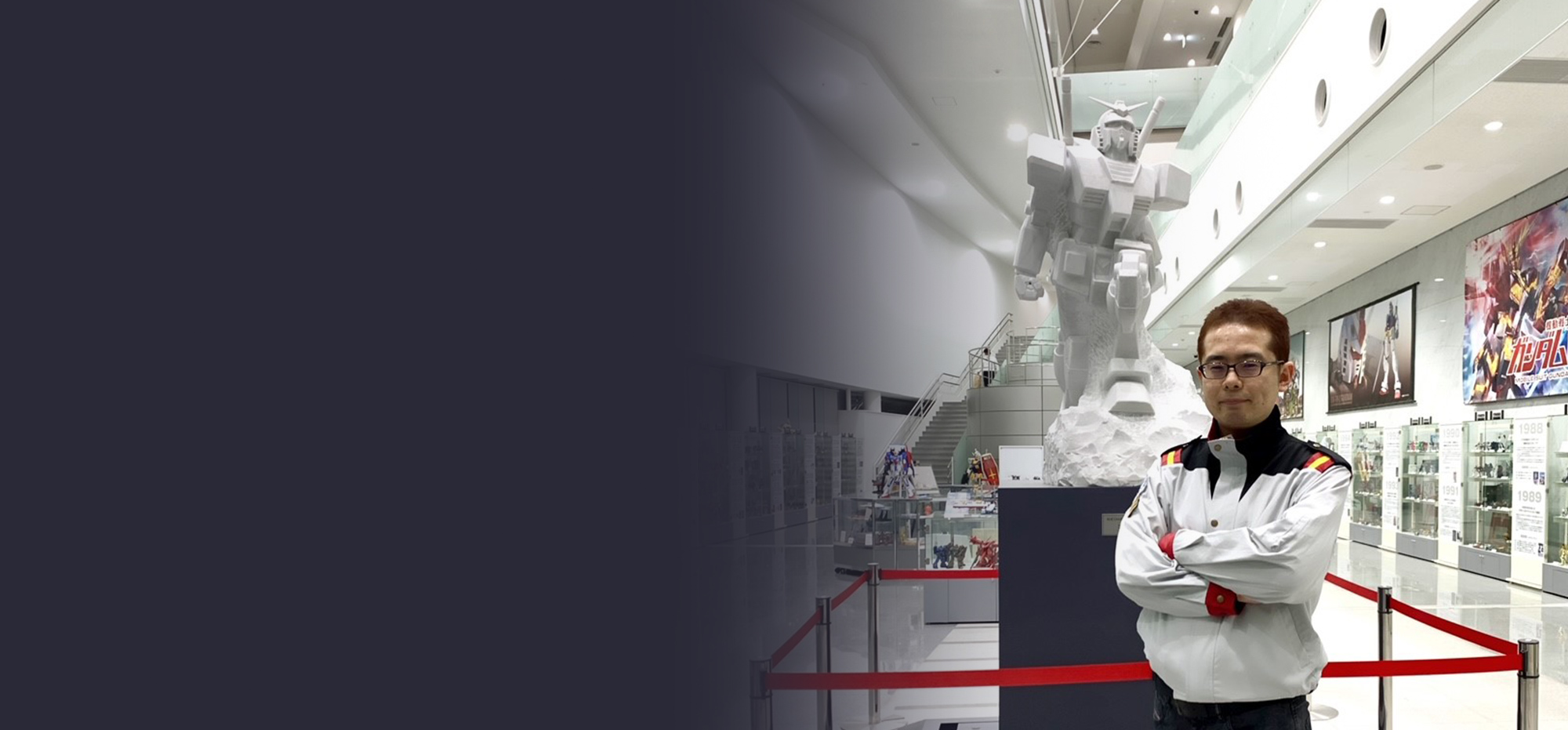
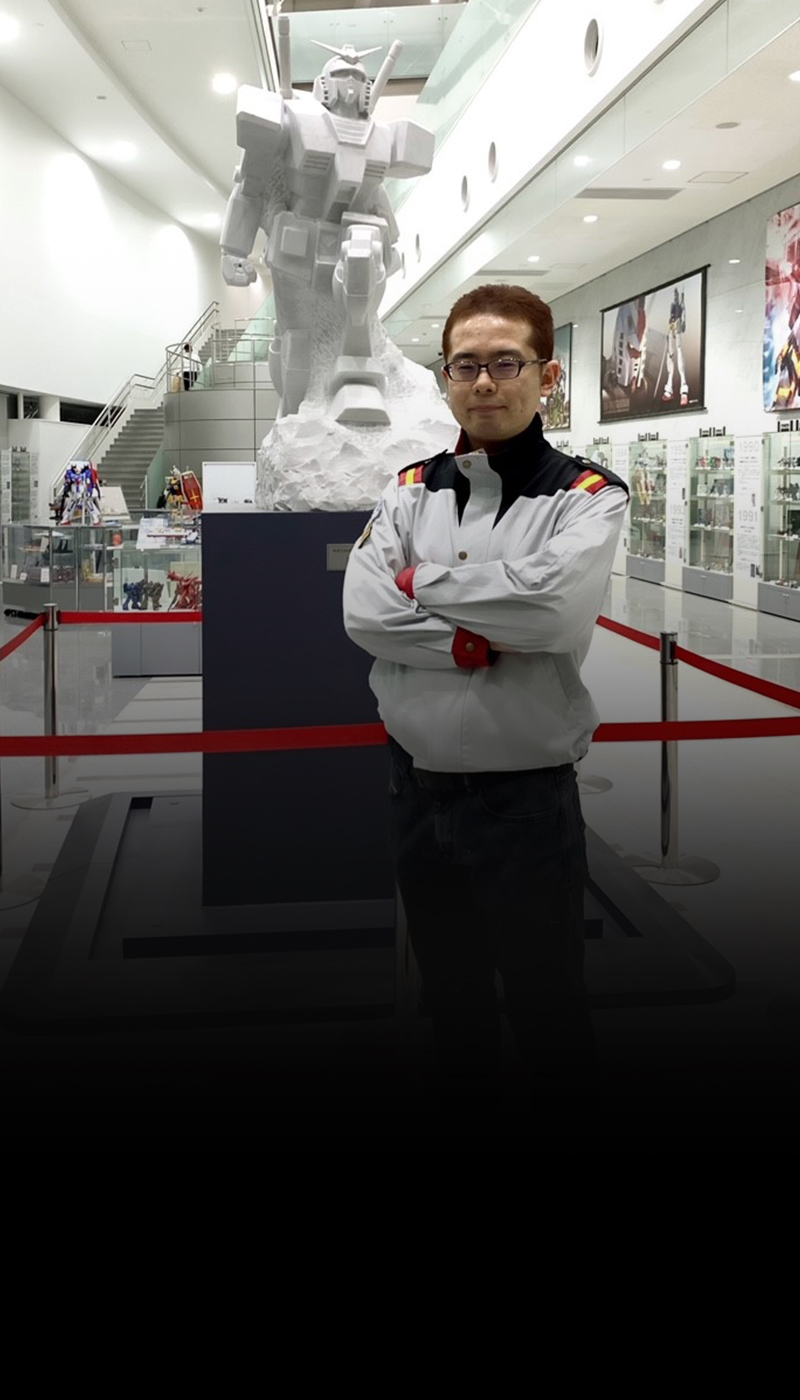
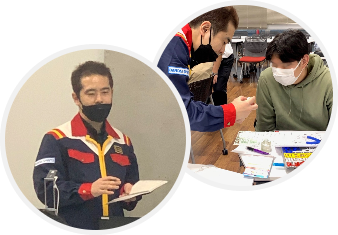
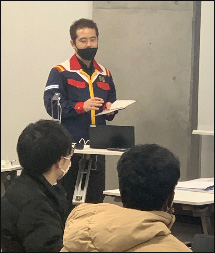
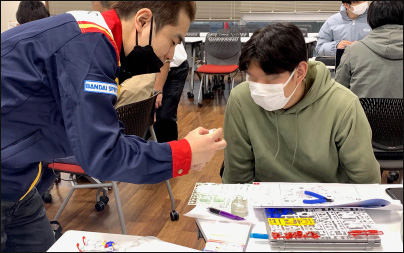
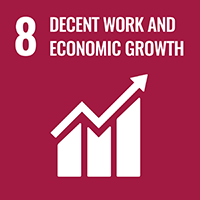
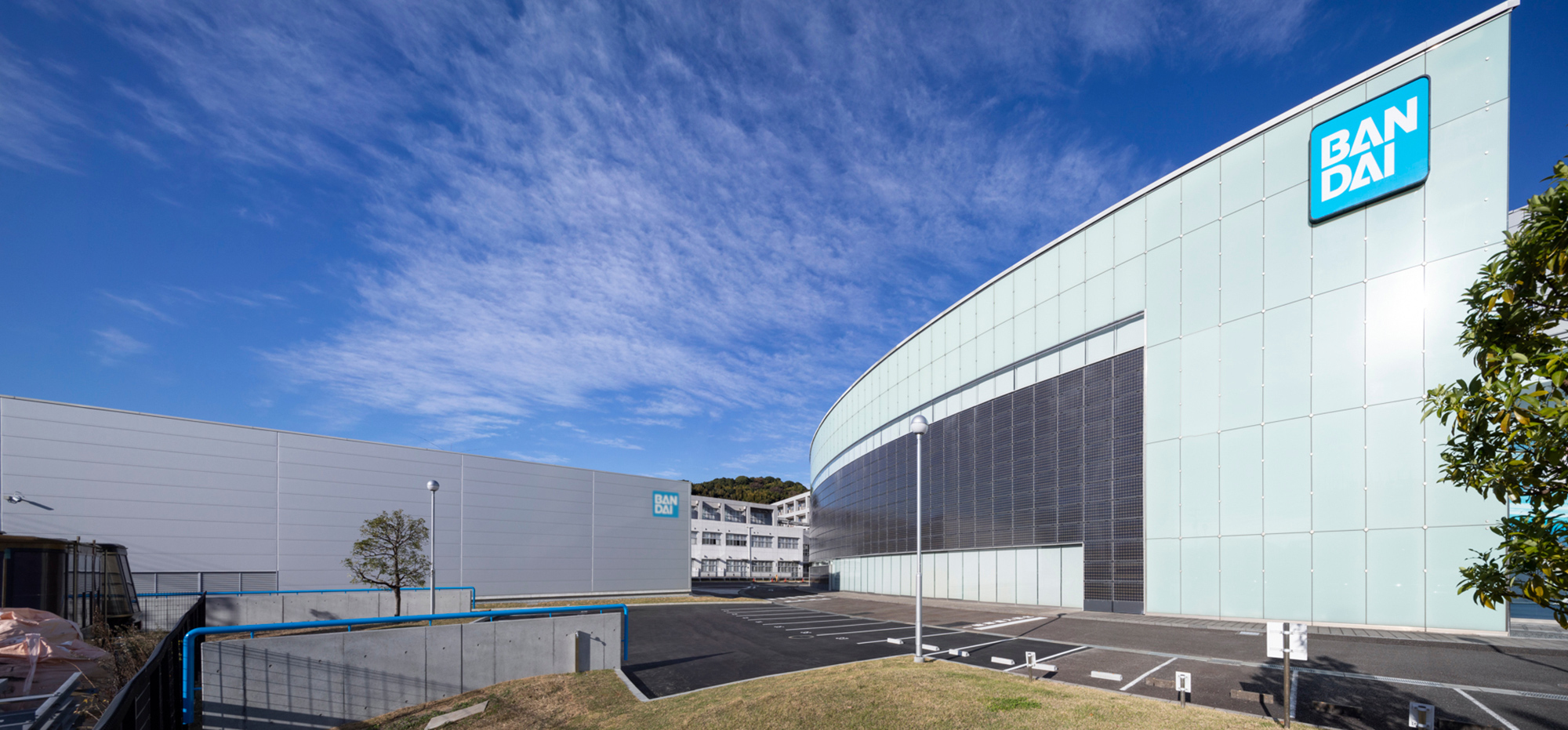
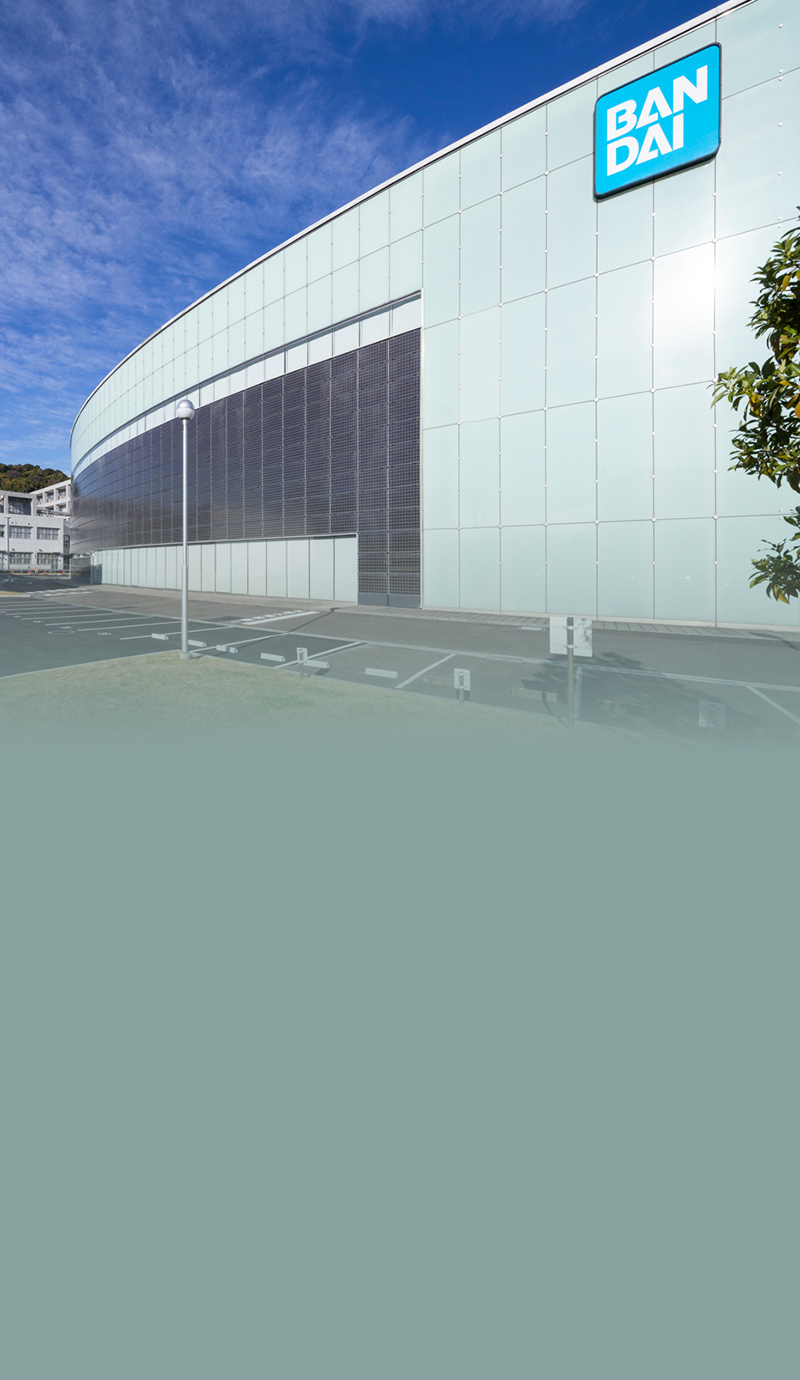
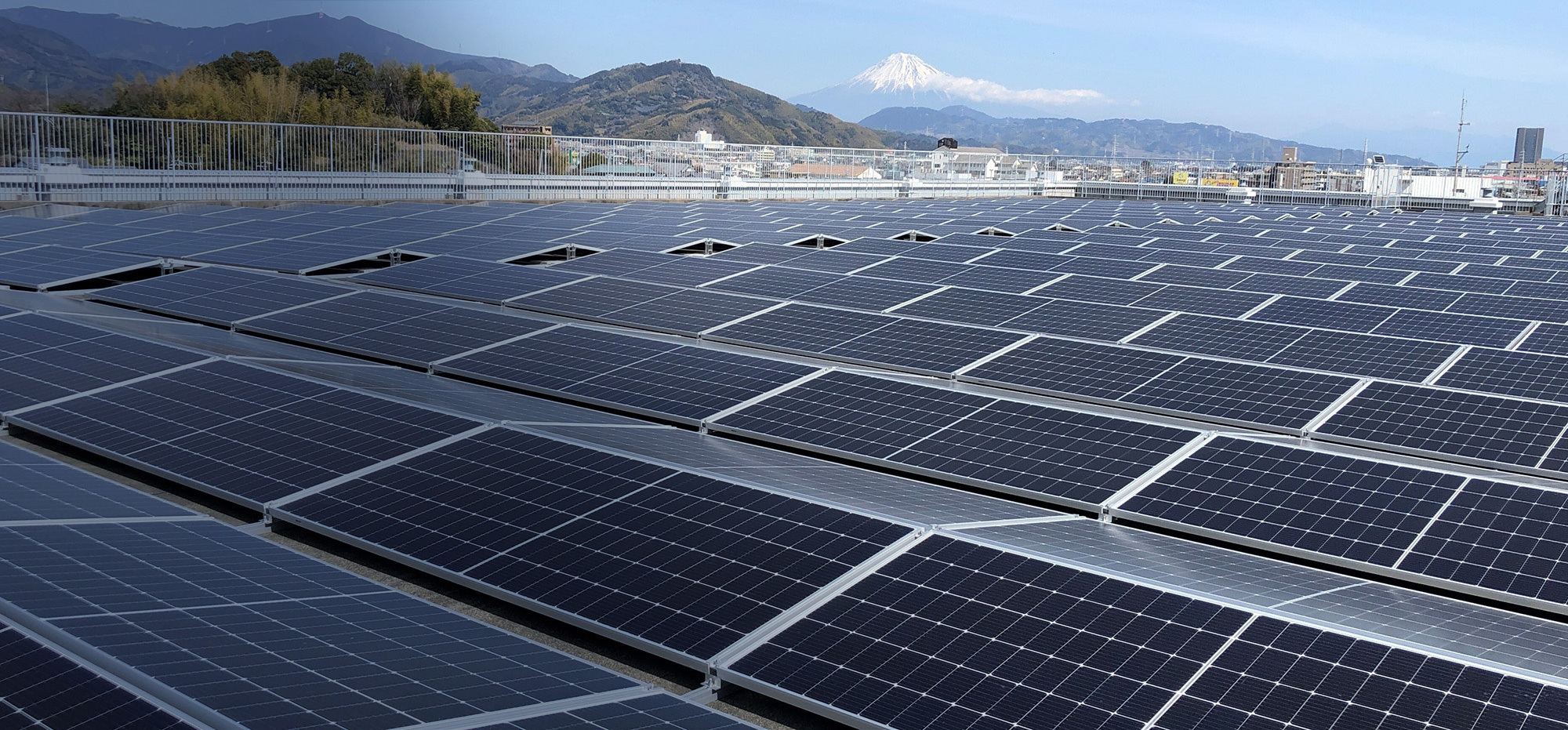
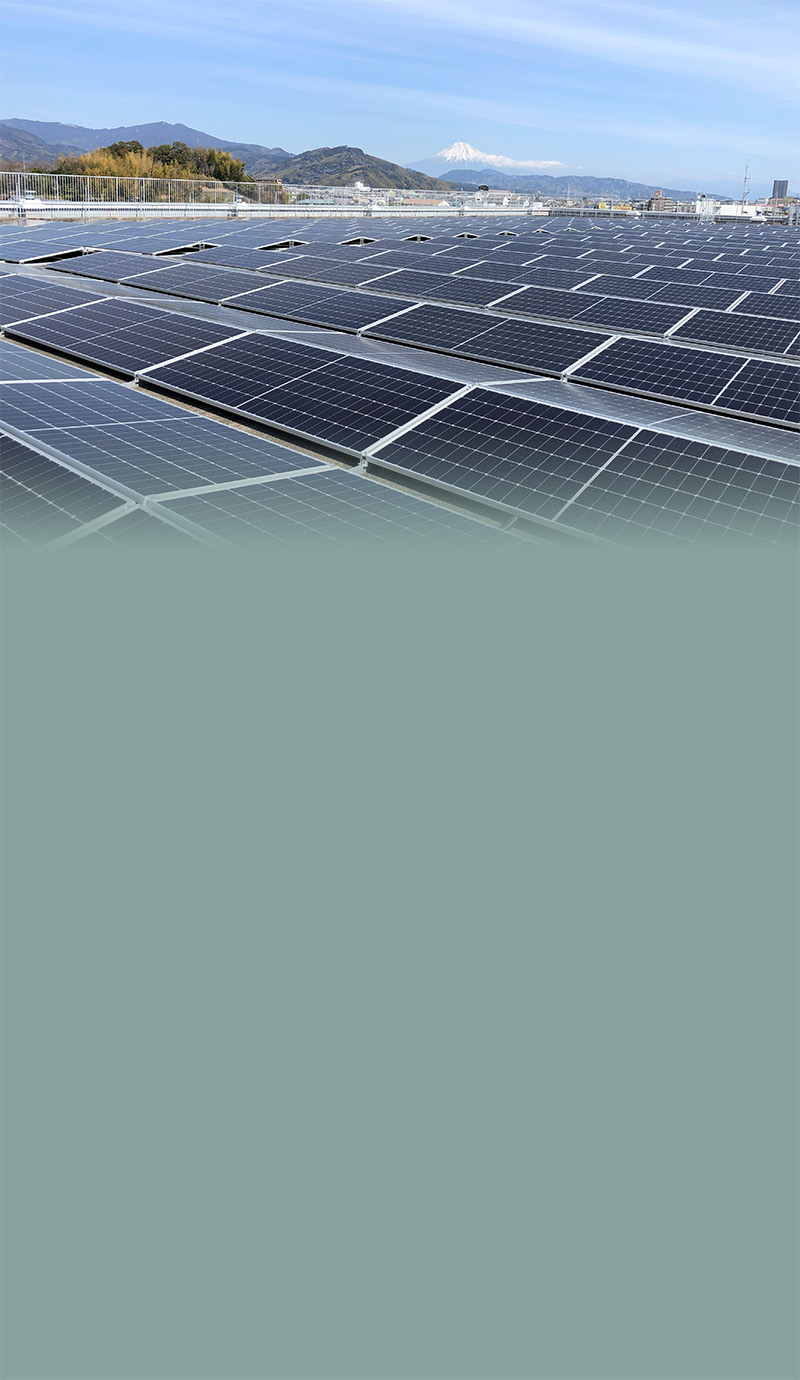
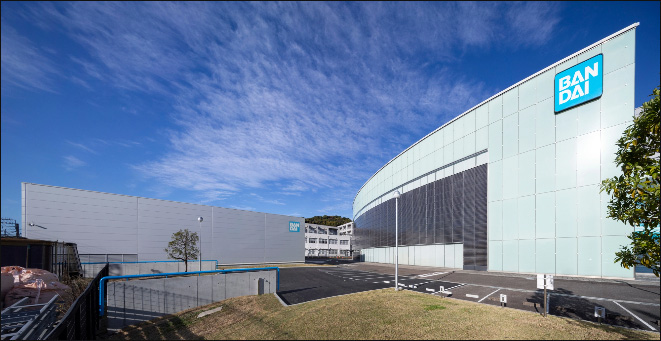


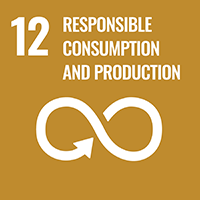
ECOPLA